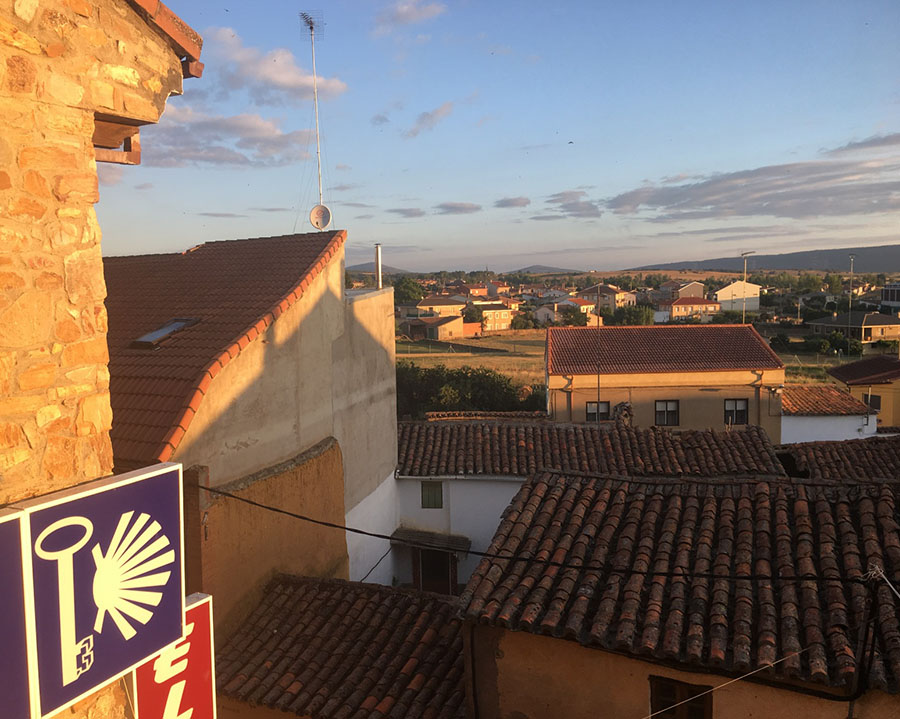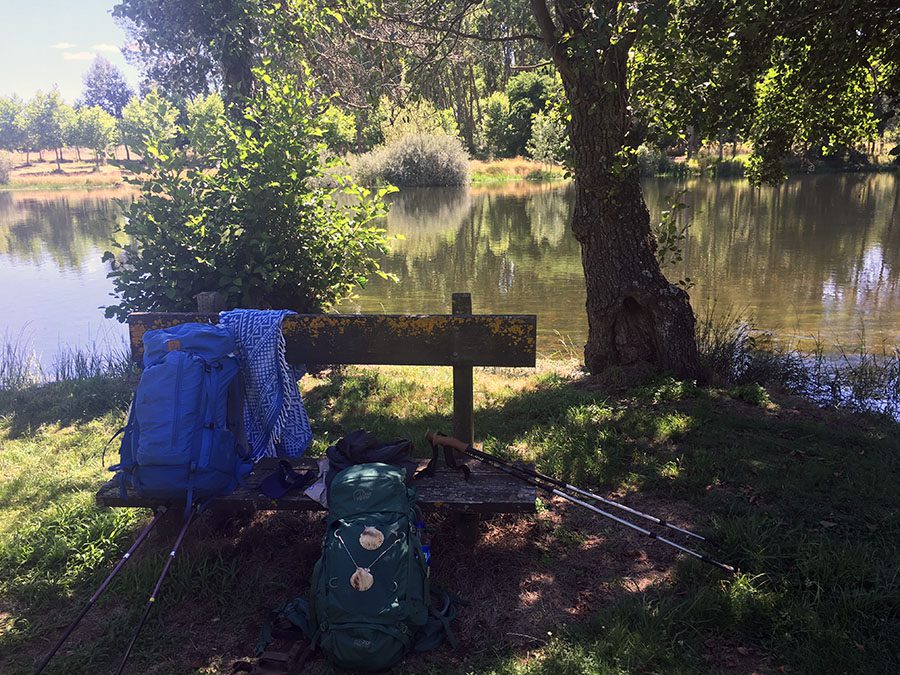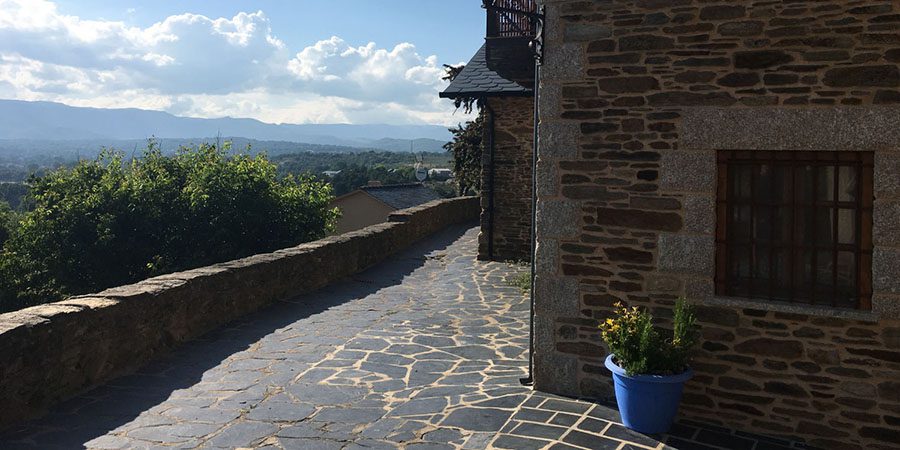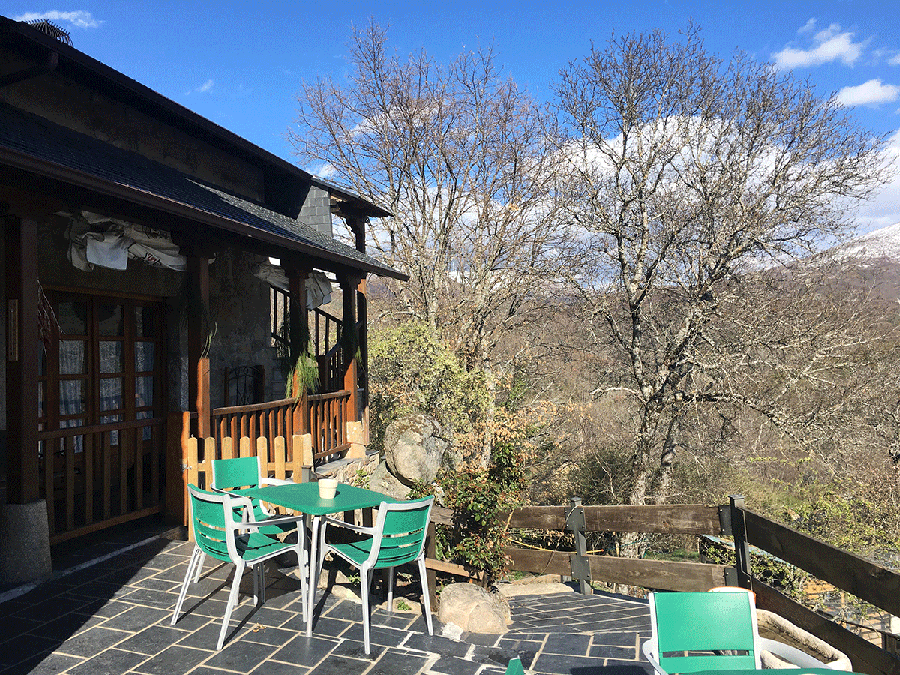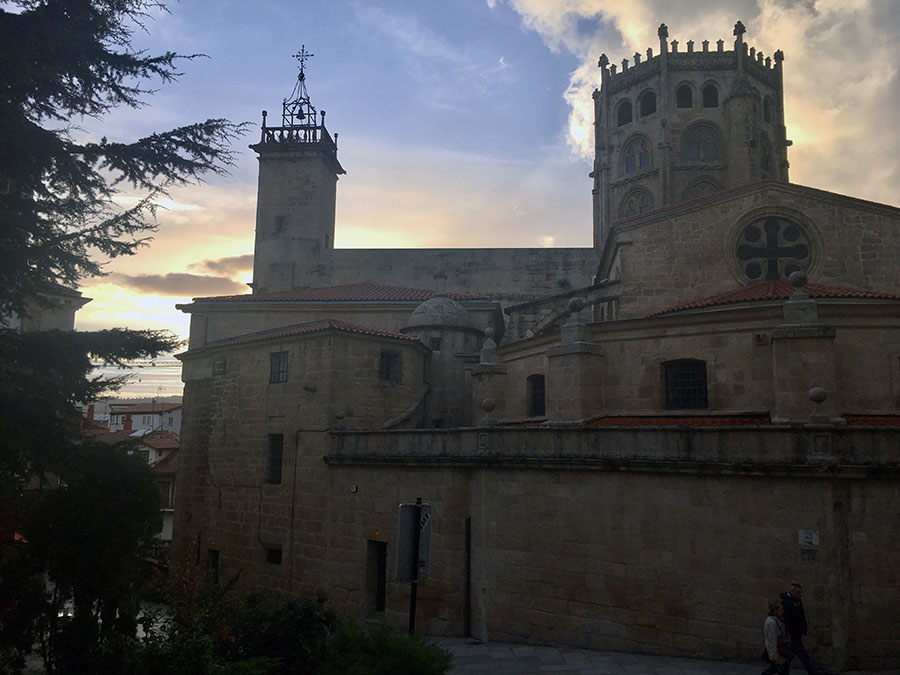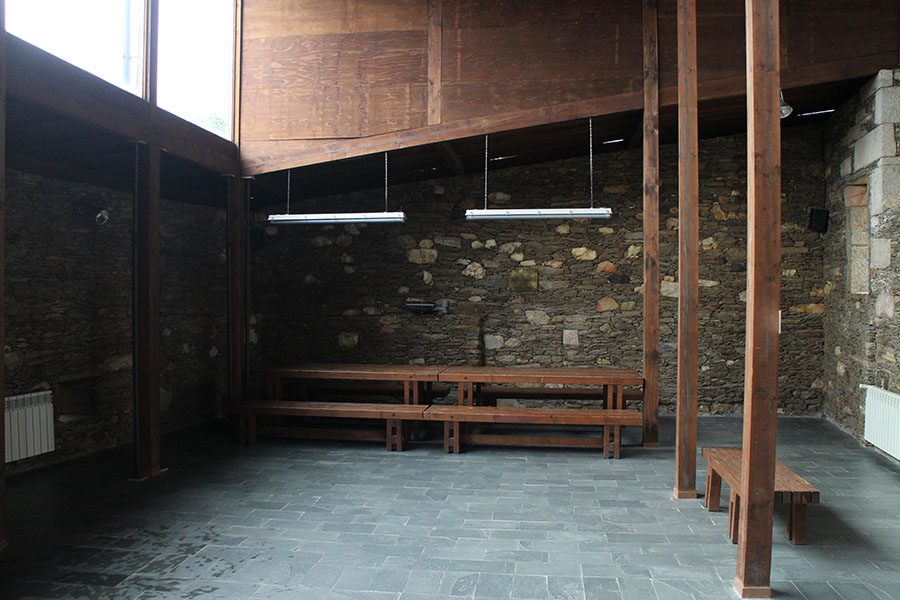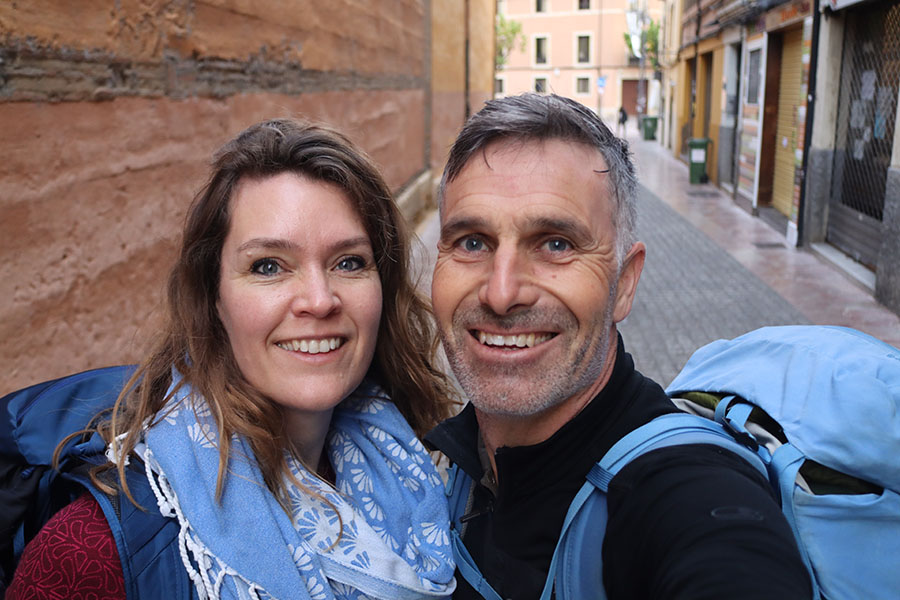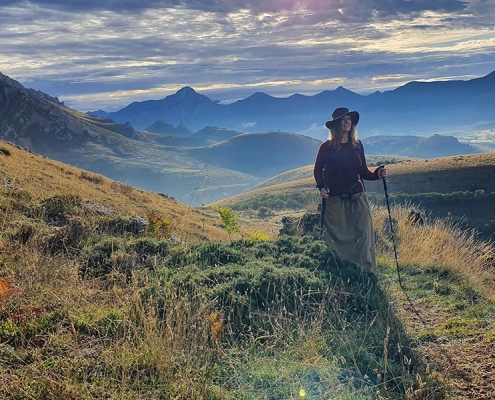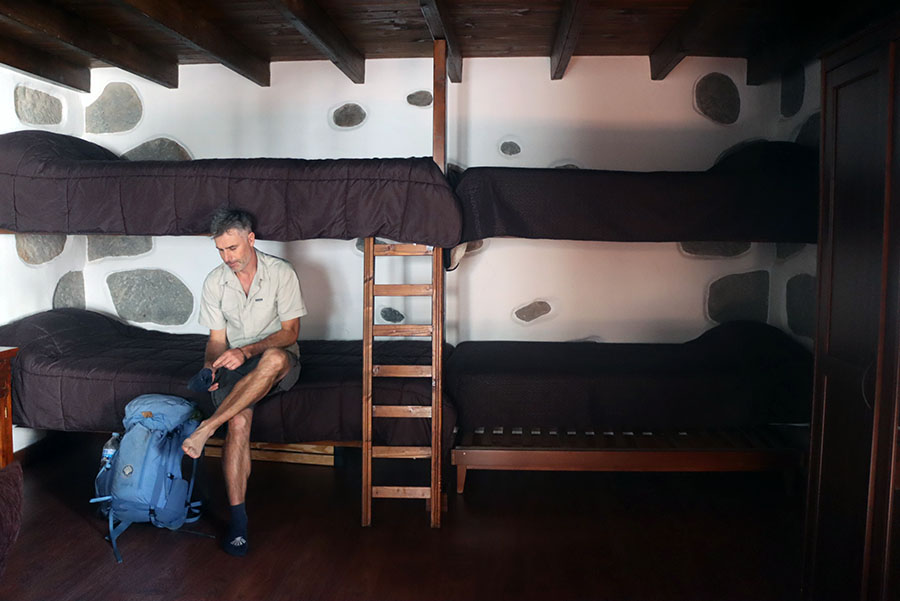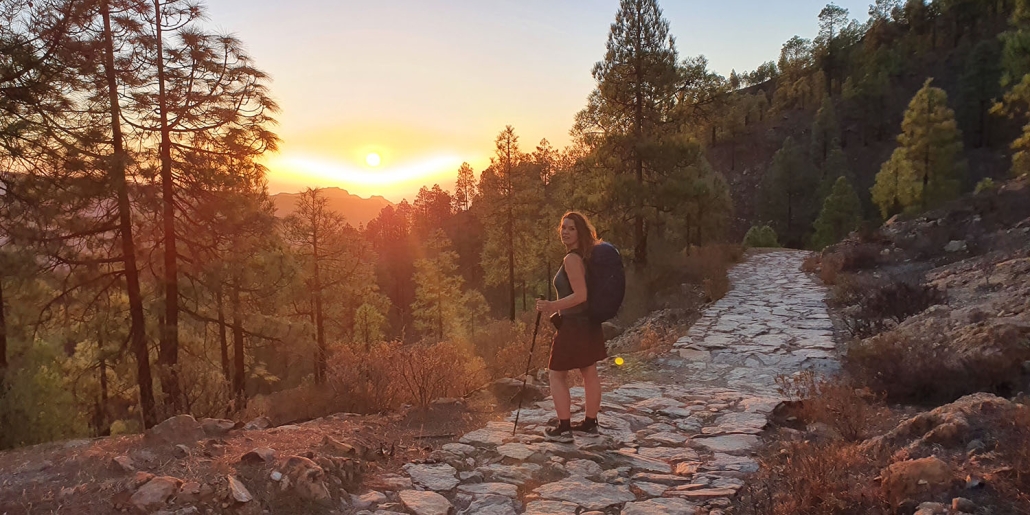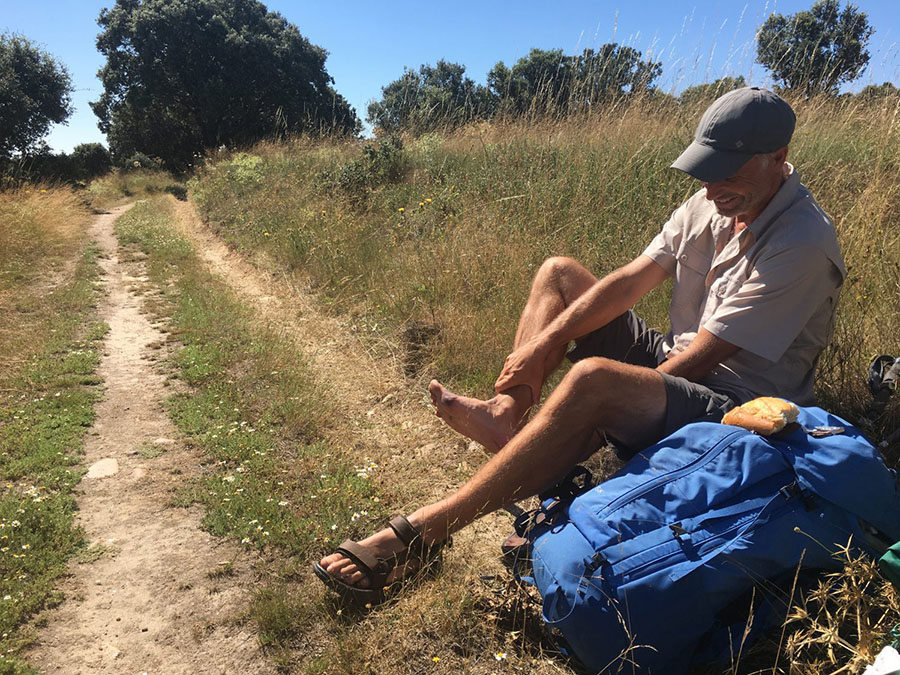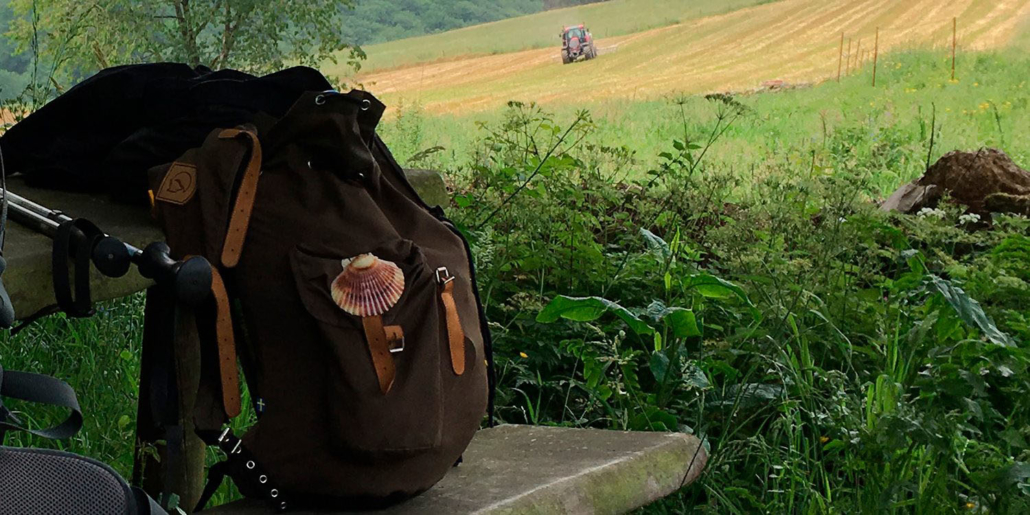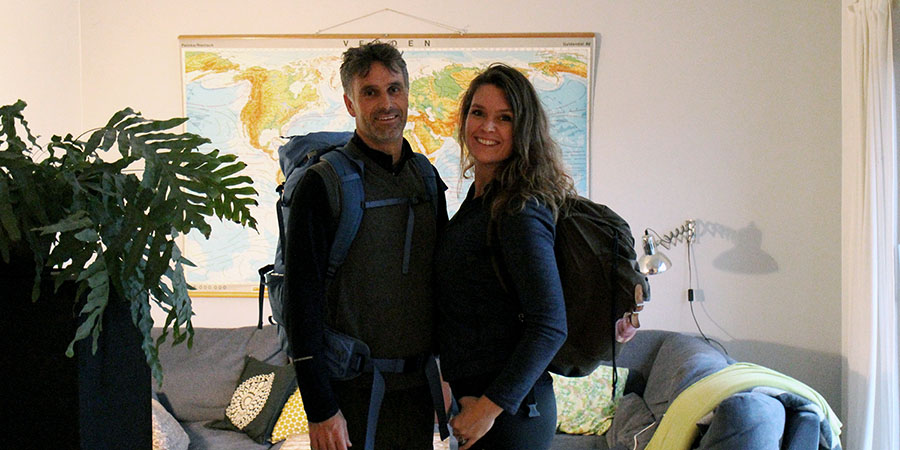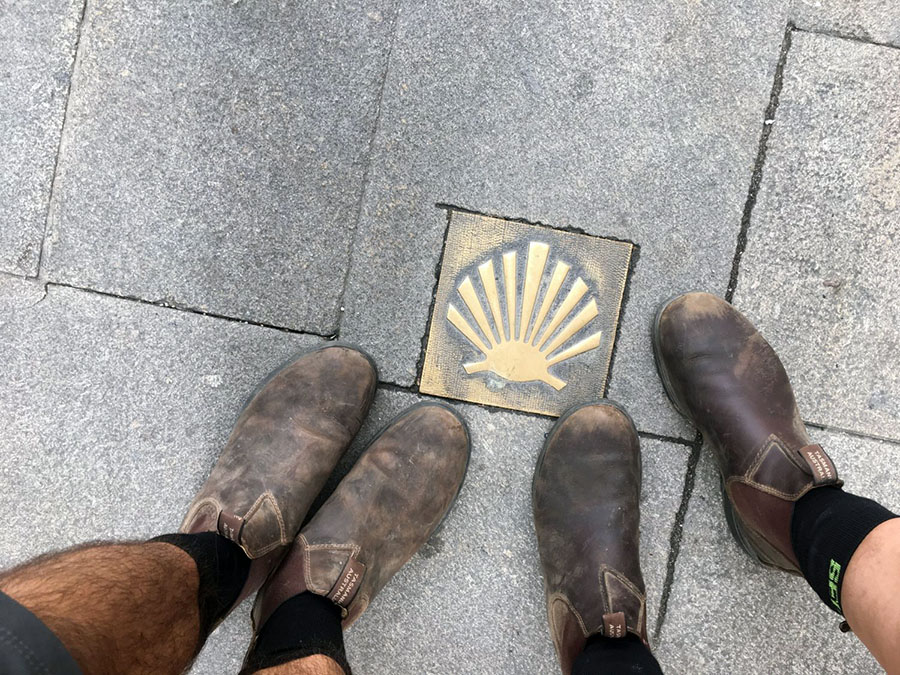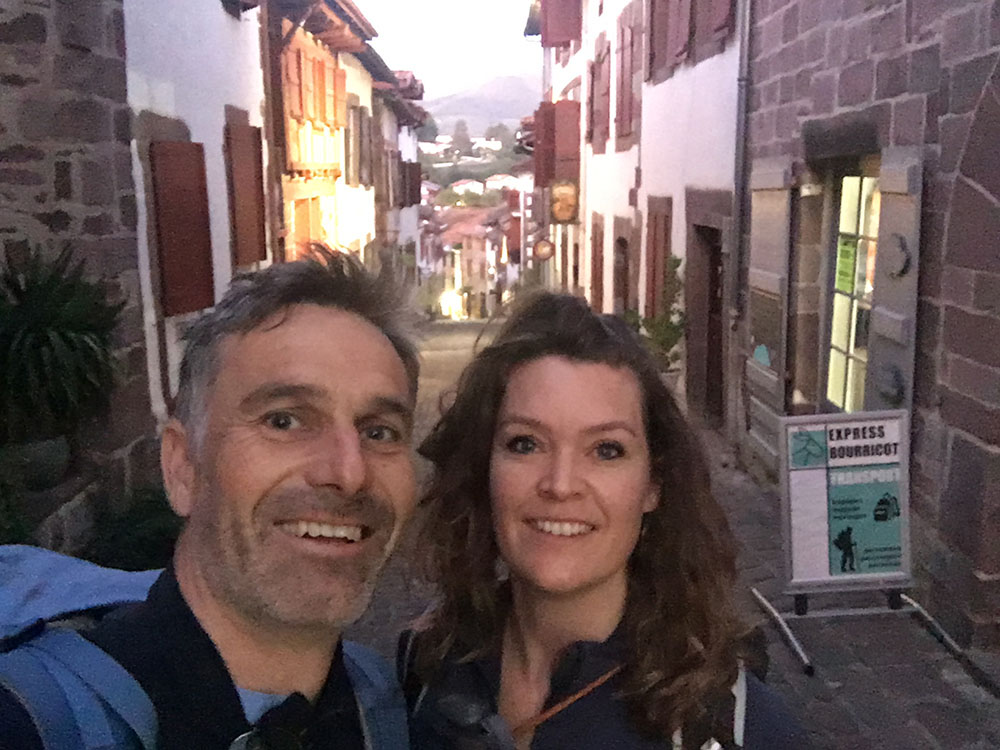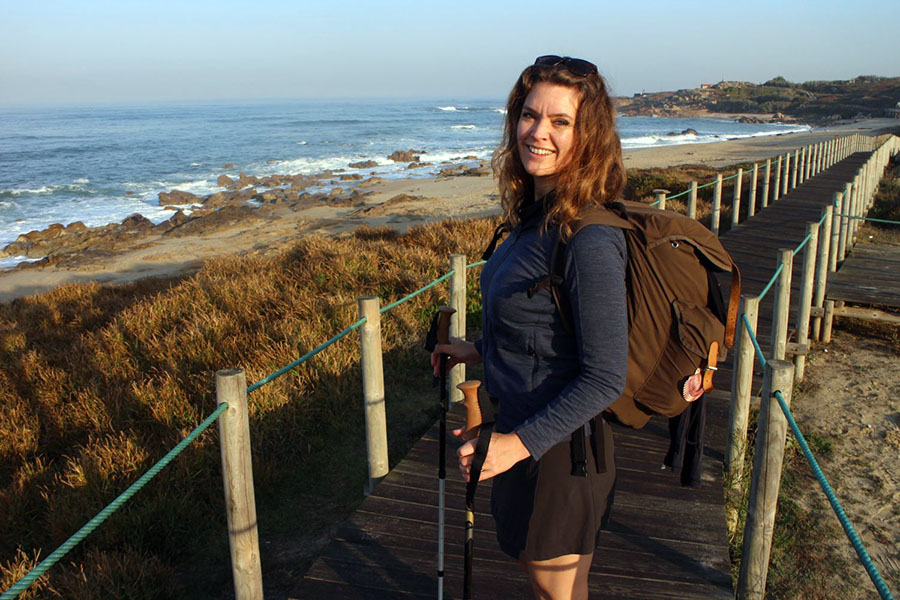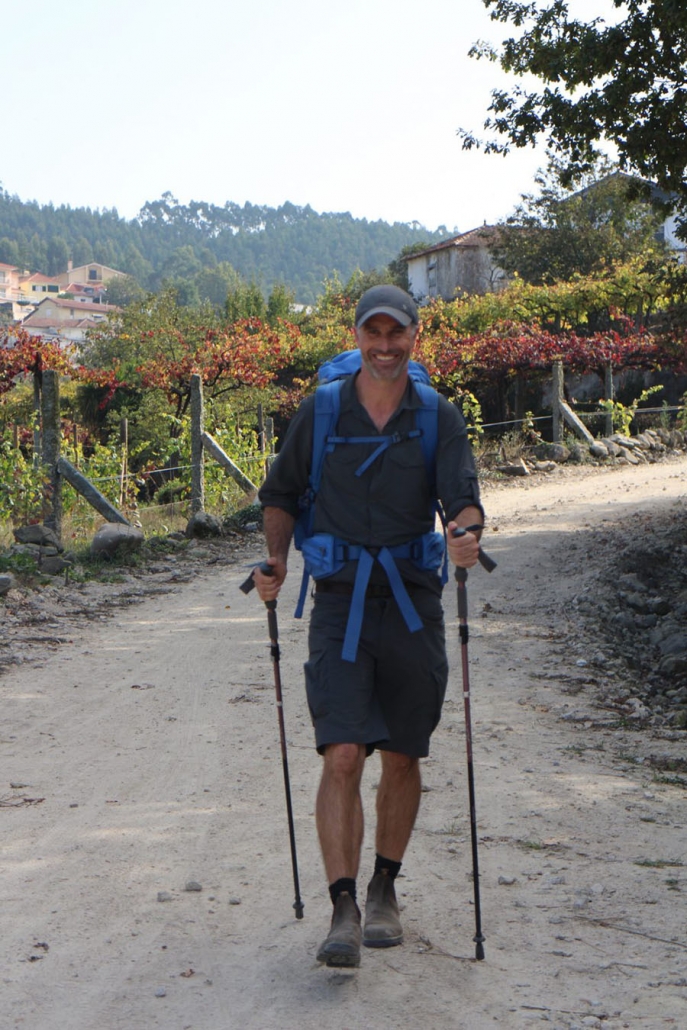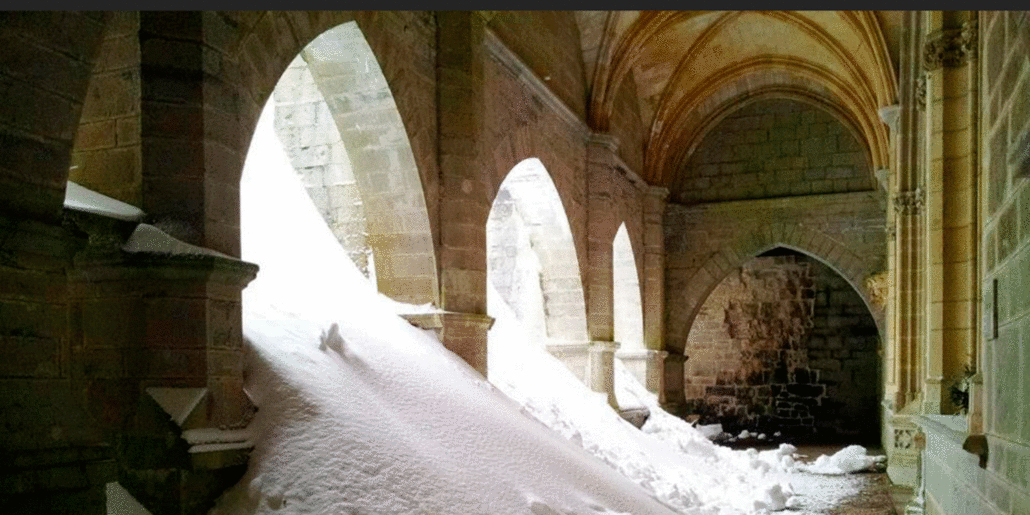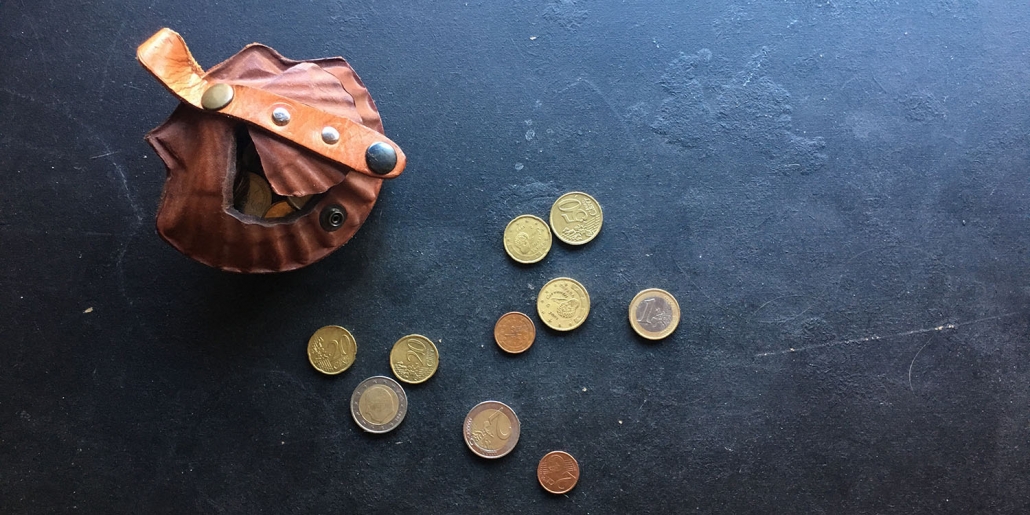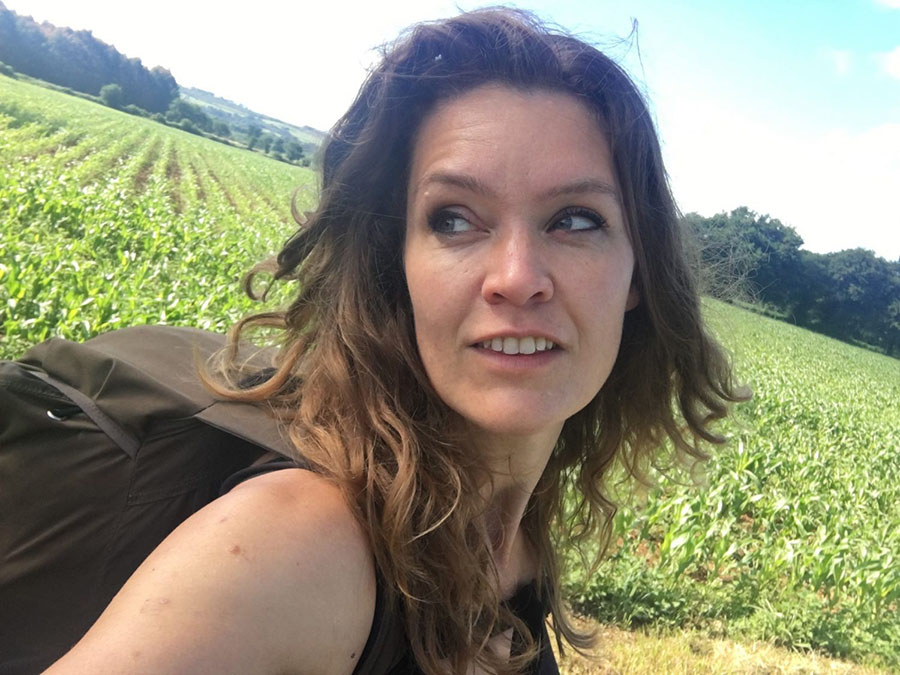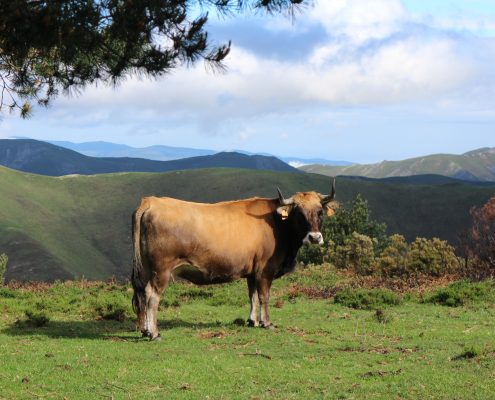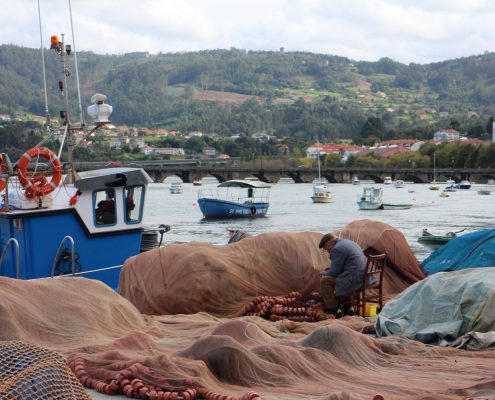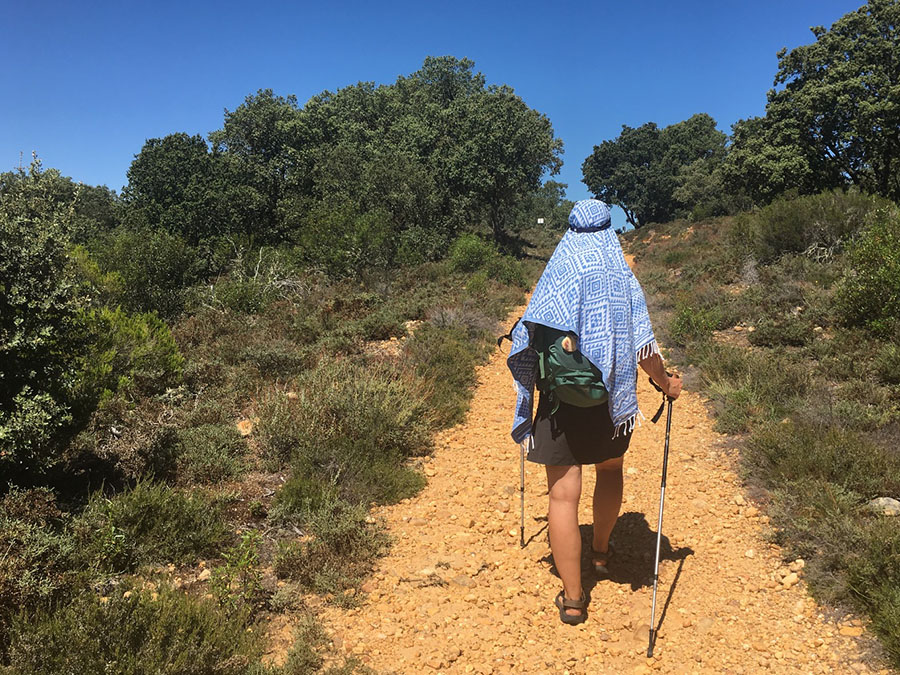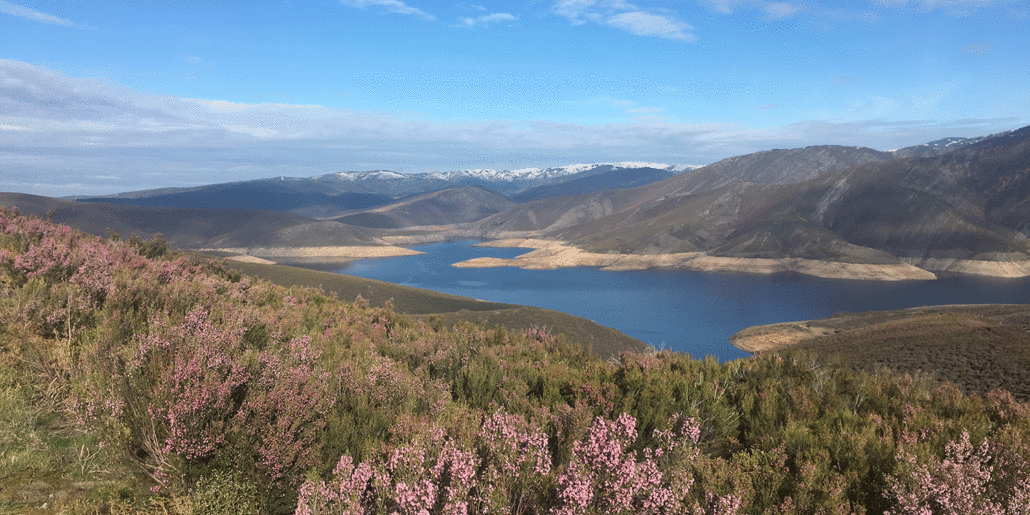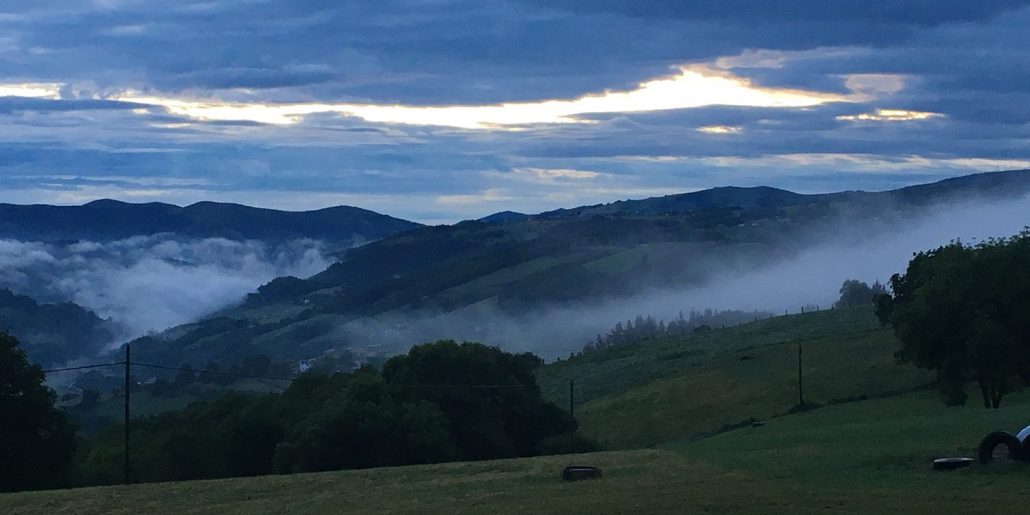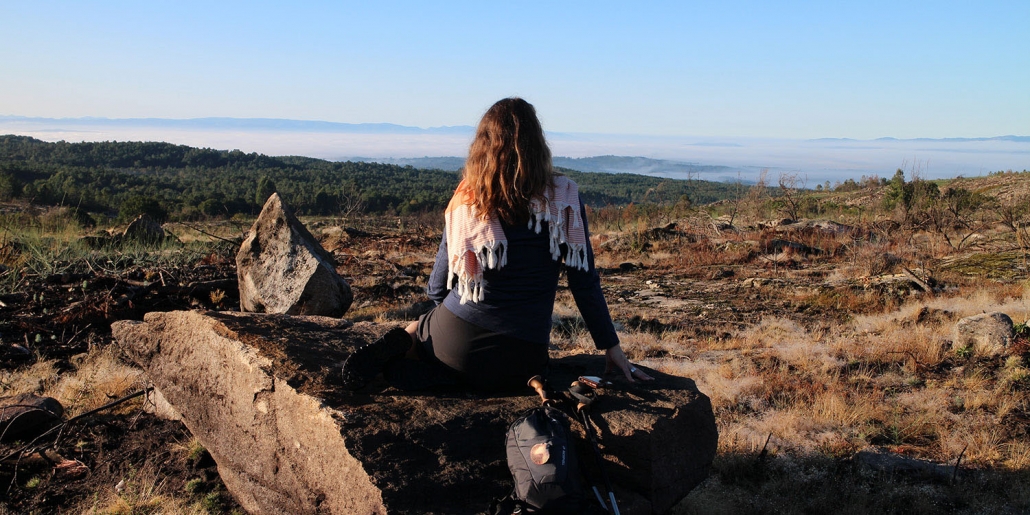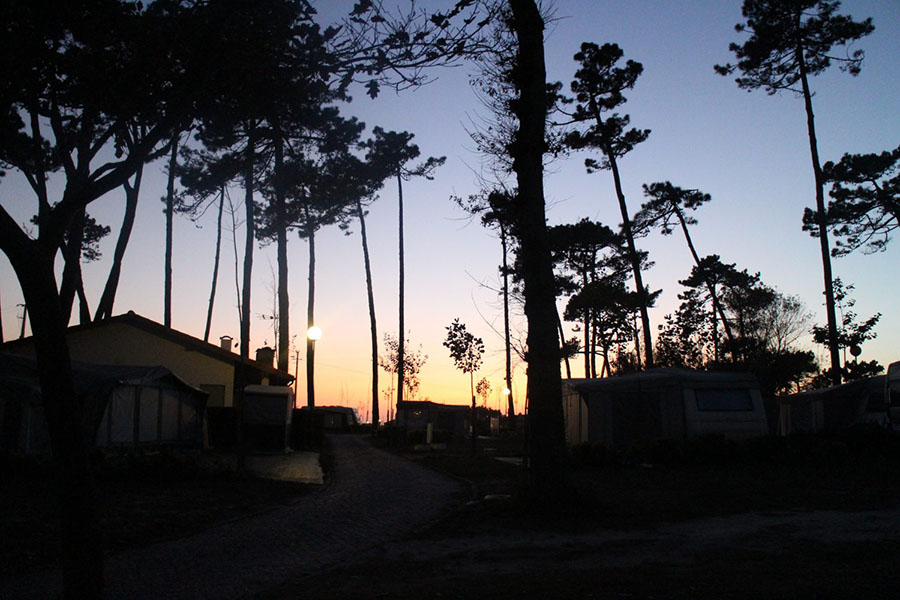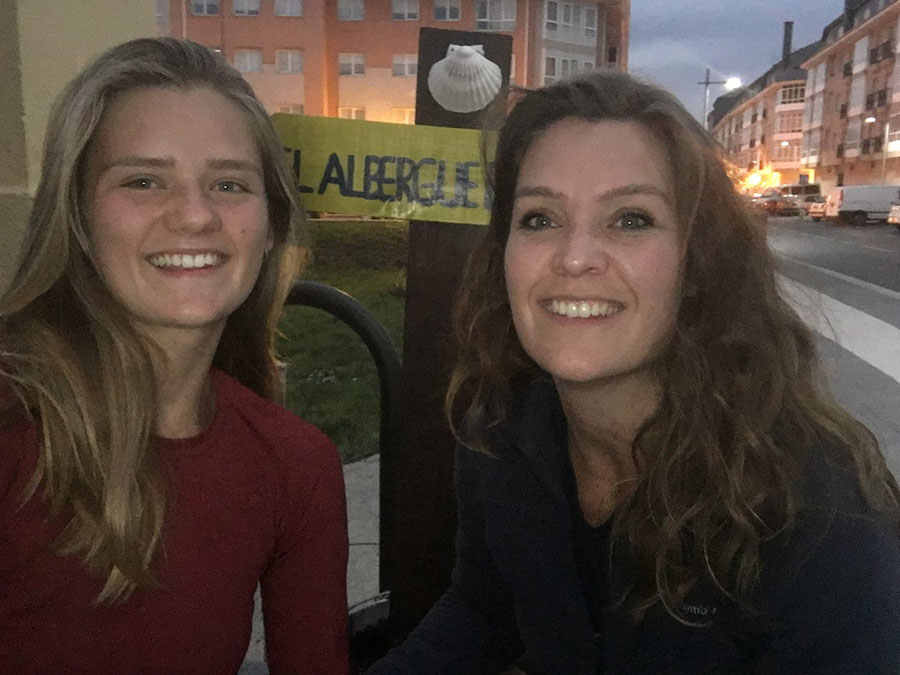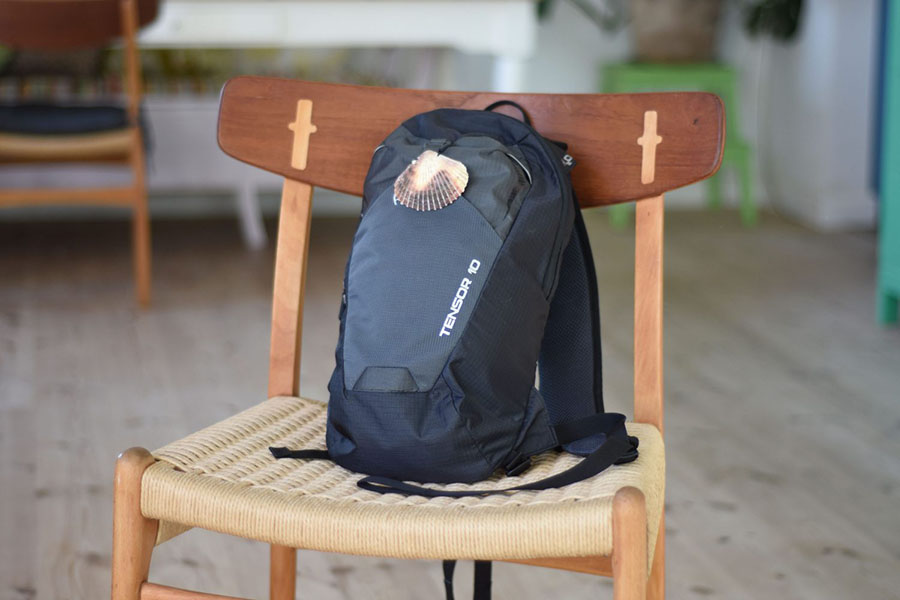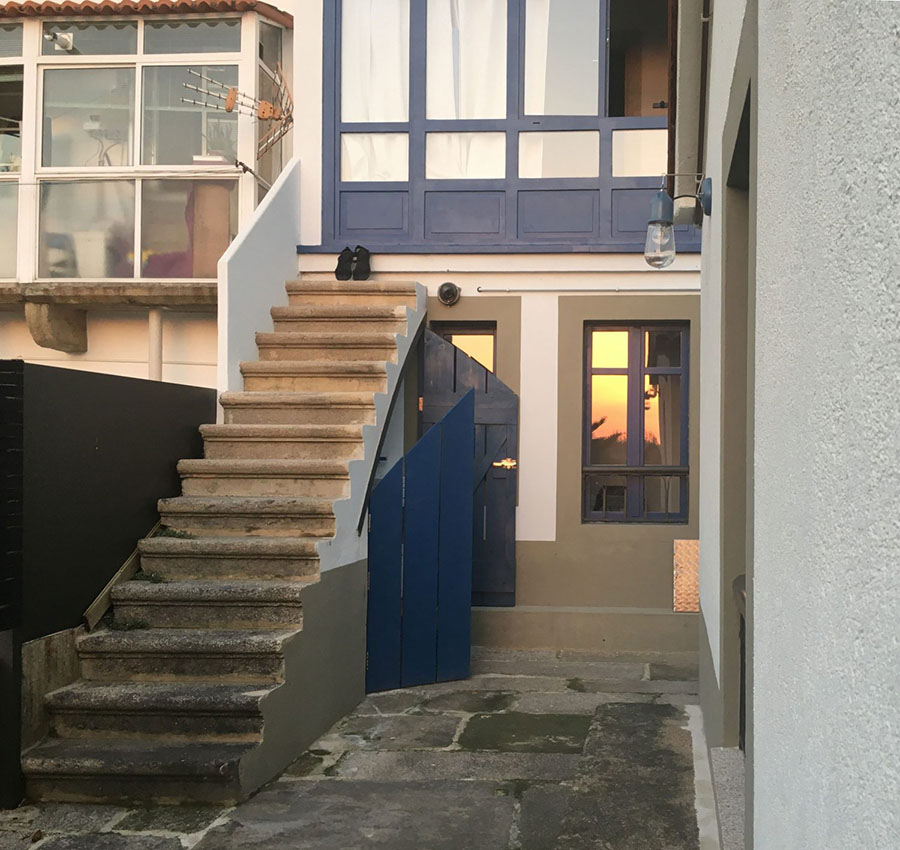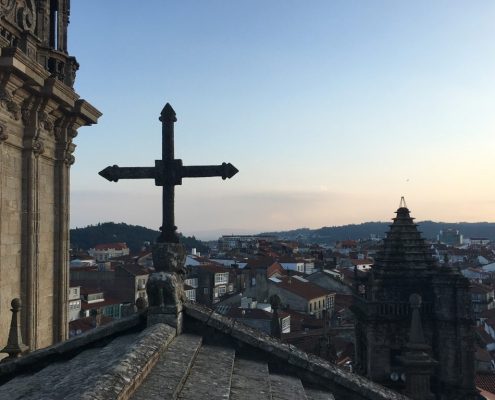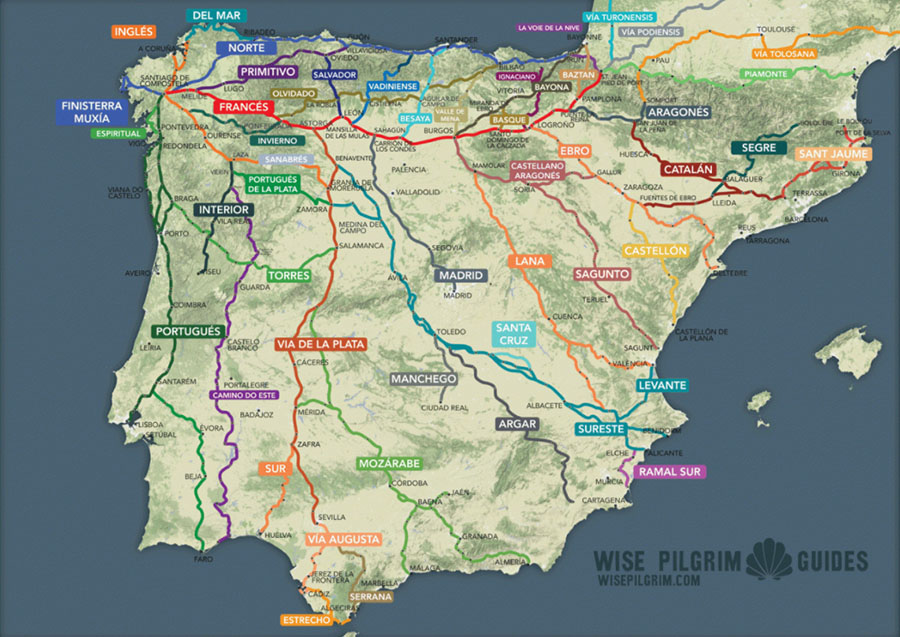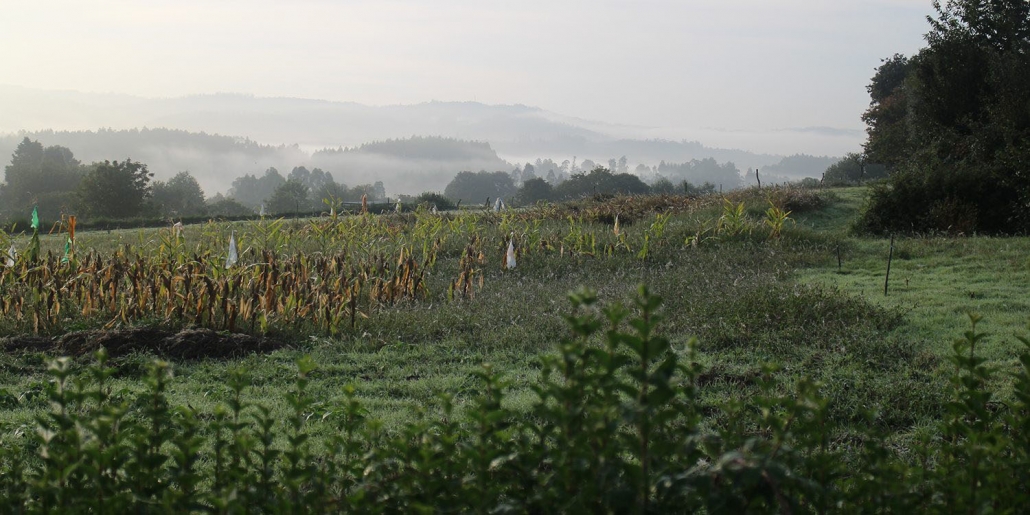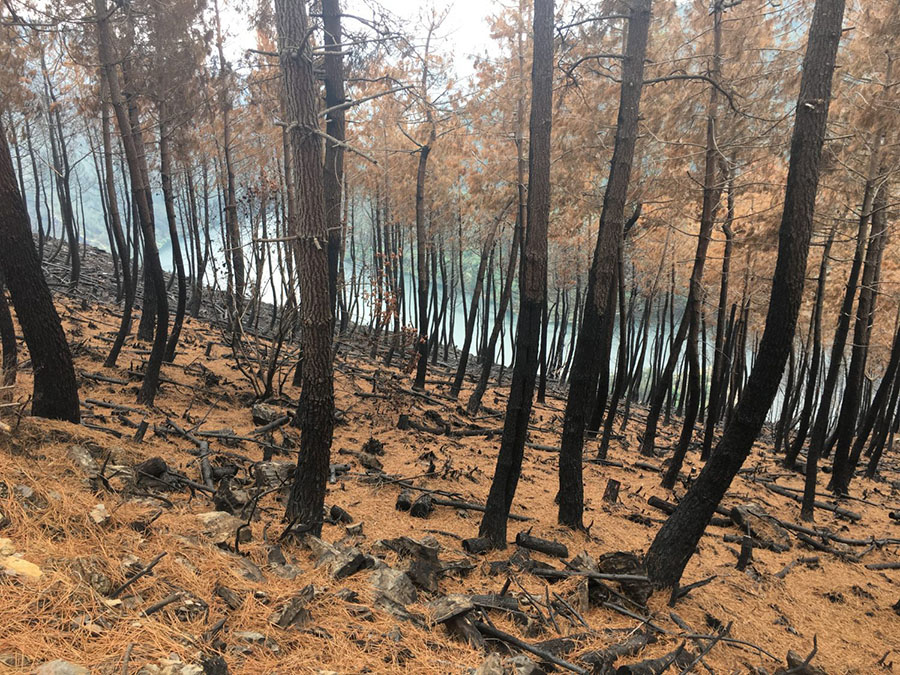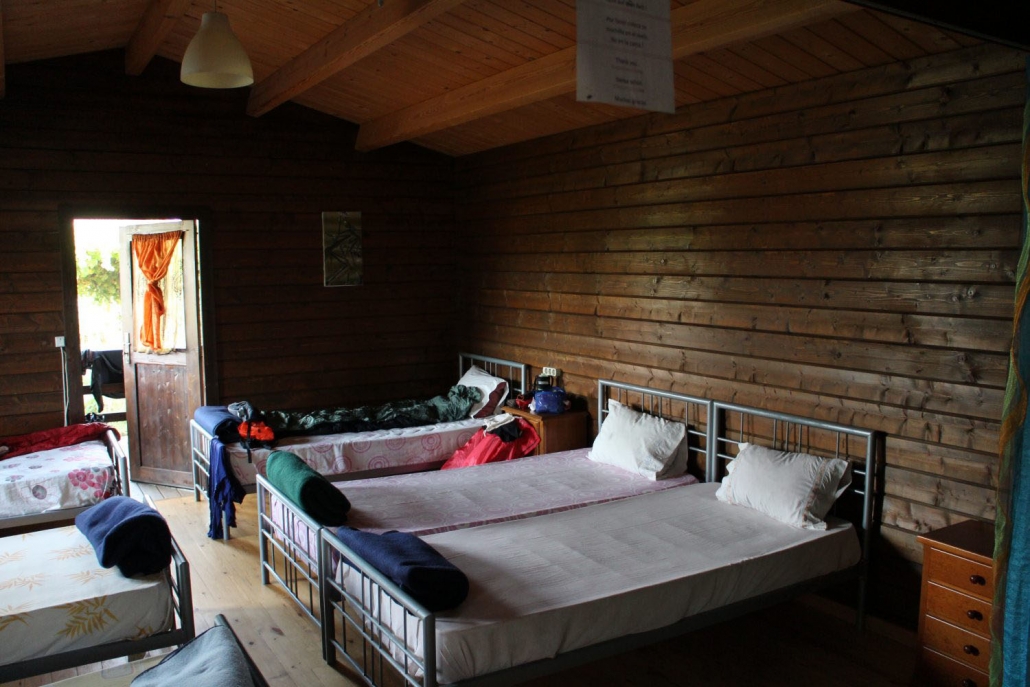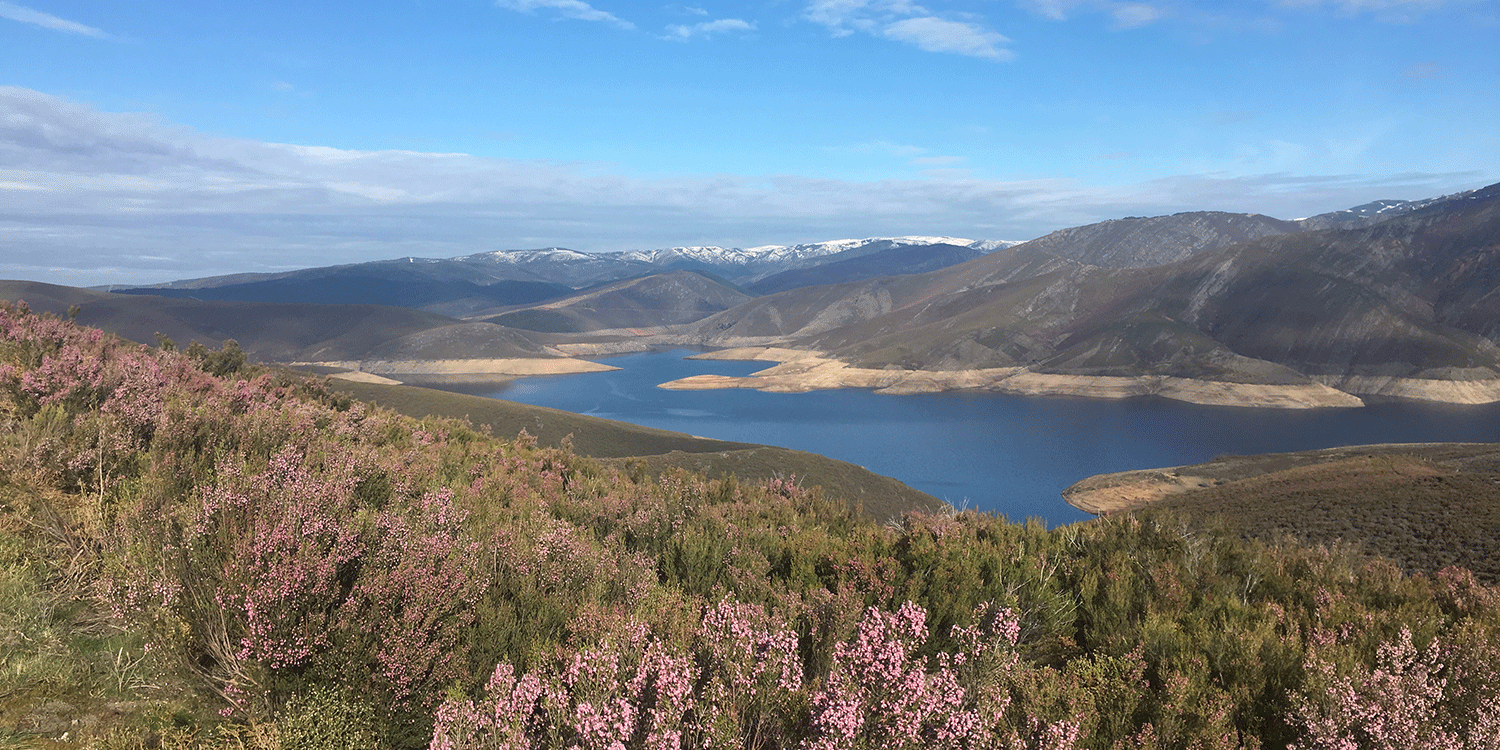
* This blog post contains commercial links. Read more below
STAGES Camino Sanabrés with shorter stages and time to enjoy
You don’t necessarily have to split Camino Sanabrés into the classic stages nor with trekking days longer than the recommended 35 kms. Check out our stages with 19,6 kms in average
These shorter stages allowed us to find what we think are the most beautiful places and the most special moments. You avoid the less interesting parts and jump to the highlights. Let us call this route the more hedonistic route.
1. Granja de Moreruela – Tábara (25.1 kms)
2. Tábara – Santa Marta de Tera (23.2 kms)
3. Santa Marta de Tera – Villar de Farfón (20.9 kms)
4. Villar de Farfón – San Salvador de Palazuelo (25.4 kms)
5. San Salvador de Palazuelo – Puebla de Sanabria (21.5 kms)
6. Puebla de Sanabria – Requejo de Sanabria (11.9 kms)
7. Requejo de Sanabria – Lubián (17.8 kms)
8. Lubián – O Pereiro (14.5 kms)
9. O Pereiro – Campobecceros (28.6 kms)
10. Campobecceros – Laza (14.6 kms)
11. Laza – Alberguería (11.7 kms)
12. Alberguería – Xunqueria de Ambia (21.2 kms)
13. Xunqueria de Ambia – Ourense (22 kms)
14. Ourense – Outariz – Tamallancos (12.7 kms)
15. Tamallancos – Oseira (18.6 kms)
16. Oseira – A Laxe (28.8 kms)
17. A Laxe – Dornelas (23.6 kms)
18. Dornelas – Lestedo (15.6 kms)
19. Lestedo – Santiago (14 kms)
Facts about this camino
Distance: 372 kms
Kms pr. day on average: 19,6
1. Granja de Moreruela – Tábara (25.1 kms)
Time for tapas and cervezas
Today you reach the lively, small village of Tábara with good chances of enjoying some tapas and a local festivity, especially if you arrive on a Saturday. Hotel El Roble is cosy, and you have a view of the townhouses’ roofs:
2. Tábara – Santa Marta de Tera (23.2 kms)
Common meal at the albergue
If you’re lucky the hospitalero at the albergue in Santa Marta de Tera will cook for you. We missed this treat, because we felt energized and rushed on to the next village.
3. Santa Marta de Tera – Villar de Farfón (20.9 kms)
A family with energy and faith
About half way along the route today, you will have a chance of a great swim in Rio Tera. Go for it, you have the time, as you’re walking shorter stages. During our freakingly hot July pilgrimage we had a freakingly cold swim in the outdoor recreational area ‘Playa fluvial La Barca’. My body is still thankful for this chilling moment. The camino passes right through the green camping site:
Today’s stage ends in the sleepy, tiny place Villar de Farfón in Albergue Rehoboth, which is run by a missionary family from South Africa. The place itself is very charming and interesting. Craig, the host, openly shares the family’s inspiring life story and has a lot to contribute with – no matter if you’re a believer or not.
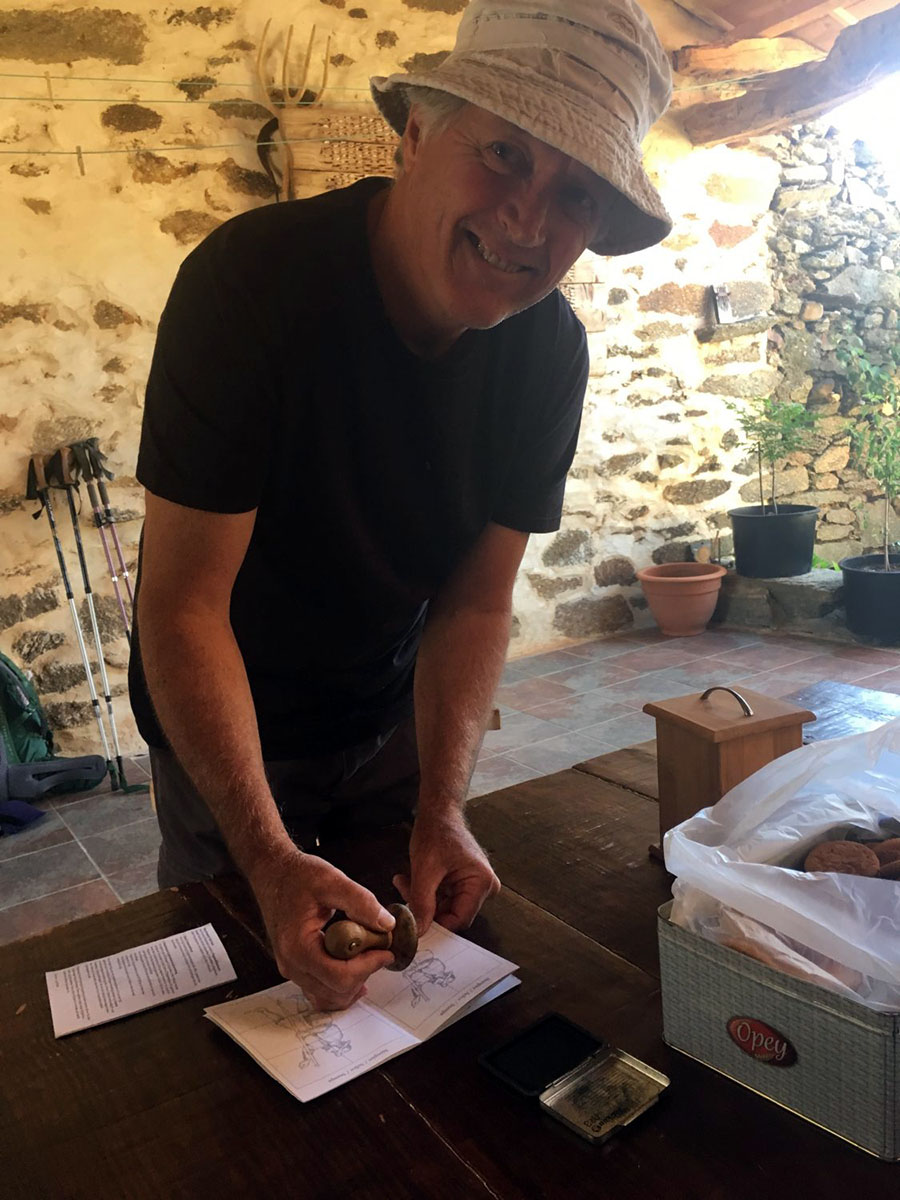
The family (or God, they’d probably say) have made the dream of a rural house on the camino come true. They started from scratch with this ruin, bought for 10.000 euros in 2010:
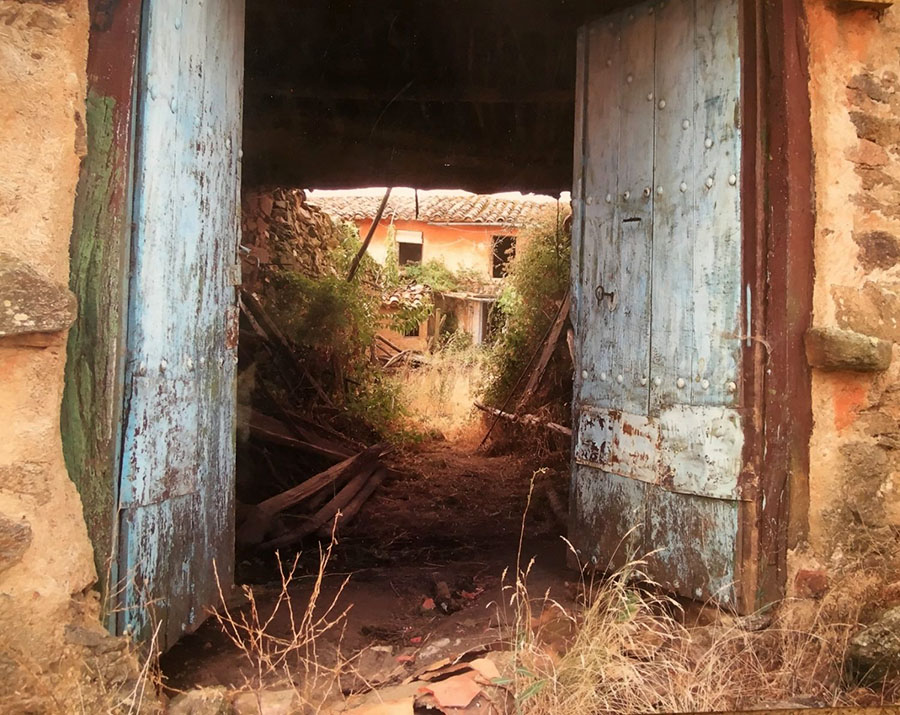
If you don’t stay for the night here, visit the family anyway for a cup of coffee and surely for an interesting talk about life. You will get a warm welcome!
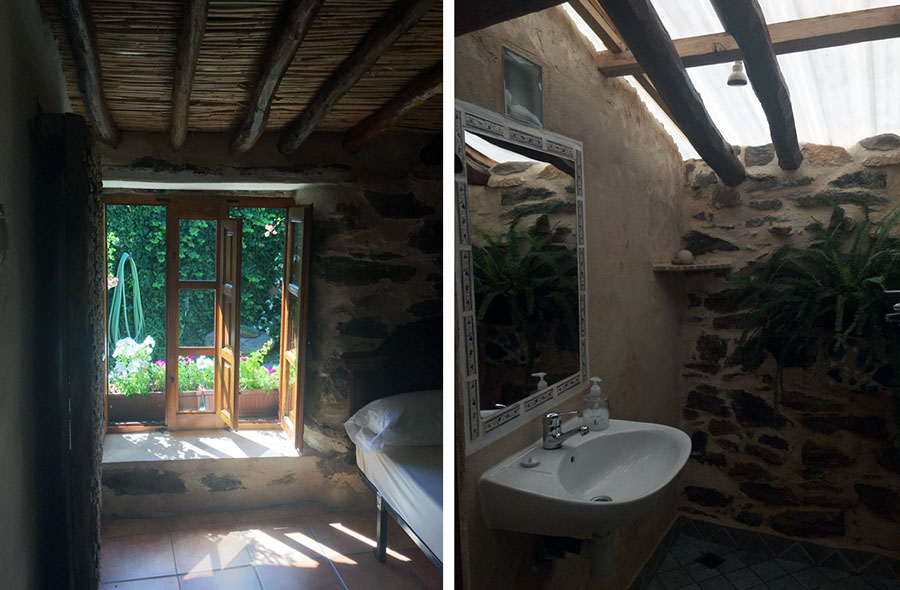
The whole house has been restored with respect for the place’s history and local style. Cosy, small dormitory with five pilgrim beds and a shared bathroom. Be warned, the “dormitorio” is unfortunately very, very cold in the winter and spring, because all walls are directly to the outdoors. There is a tiny radiator fighting to keep the pilgrims warm, but on cold, windy days, you’ll freeze.
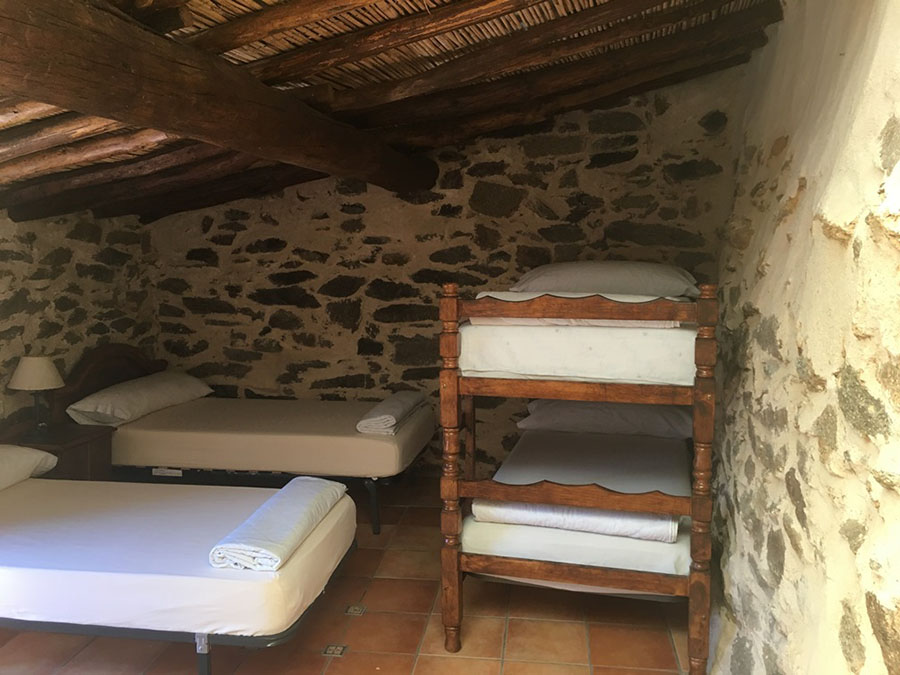
Read more about the family’s camino dream and call them to let them know you’re coming if you want to stay for the night +34 647 297 390.
4. Villar de Farfón – San Salvador de Palazuelo (25.4 kms)
A must go to restaurant in Rionegro del Puente
The village of Rionegro del Puente is just 9,4 kms away from the missionaries. Make sure you arrive with an empty stomach at the magic, local restaurant ‘Me Gusta Comer’ (commercial link) so you can enjoy the super delicious local dinner with four servings topped with local chupitas. Price? 10 euros – unbelievable!
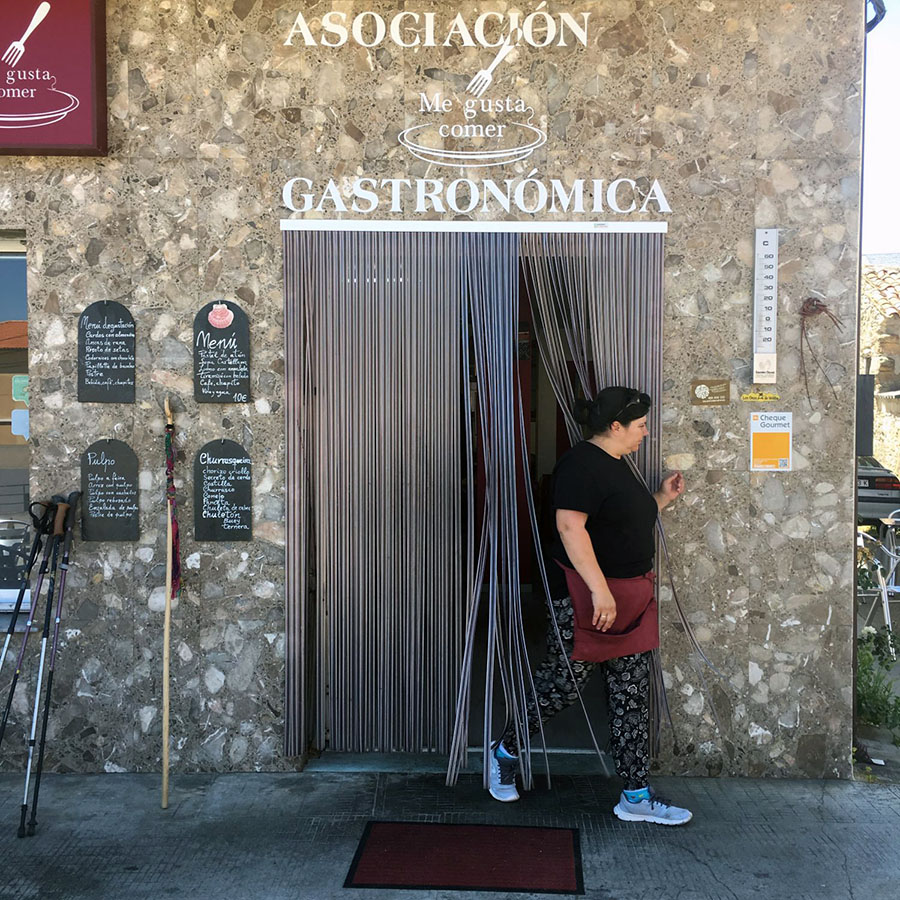
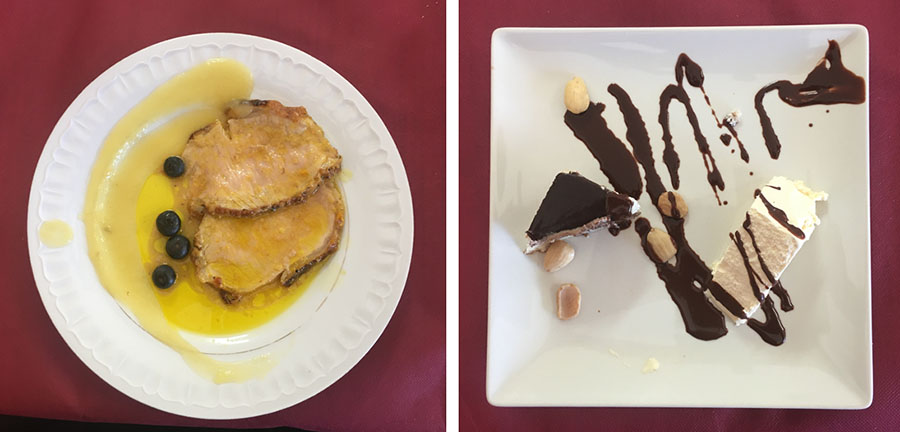
On the town square right across the road you find a newly opened municipal albergue, if you prefer to stay in Rionegro for the night (which gives you the chance of an extra meal at the restaurant!)
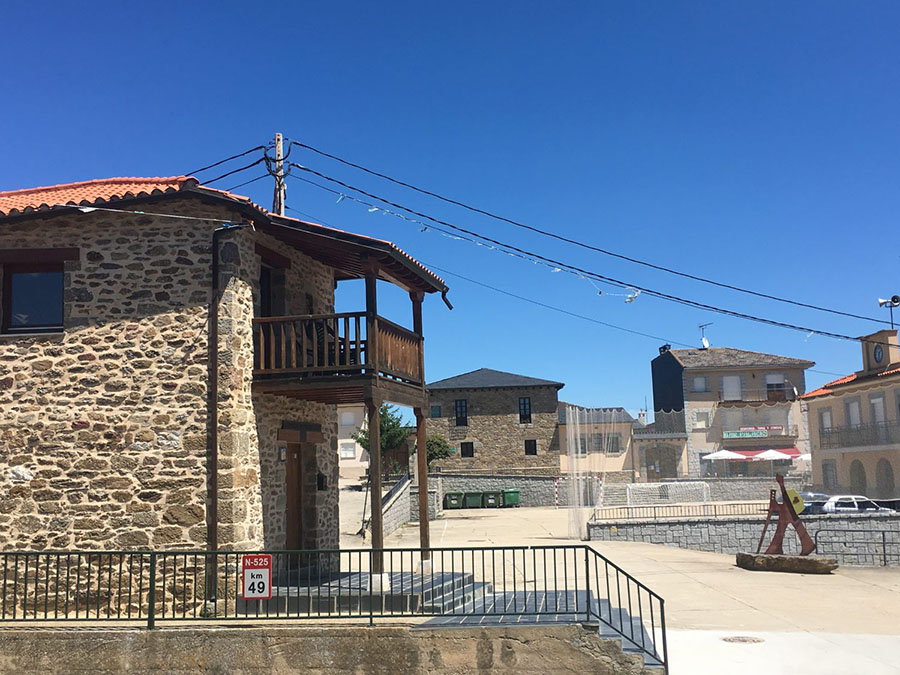
Otherwise: Go on – remember that Mombuey is the last chance to buy food before you arrive to the very small dormitorio in San Salvador de Palazuelo. We haven’t tried the place yet – please write us, if you have, and tell us how it was.
5. San Salvador de Palazuelo – Puebla de Sanabria (21.5 kms)
Strong legs for exploring the city
You will be happy, that today is not a long walk as Puebla de Sanabria is a city to explore. There is a Michelin restaurant built into the city wall with great views and reasonable prices.
This fabulous village gave Camino Sanabrés its name – you will know why, when you see it with your own eyes.
Hostal Raices in Puebla is really good and the host very friendly and helpful (commercial link)
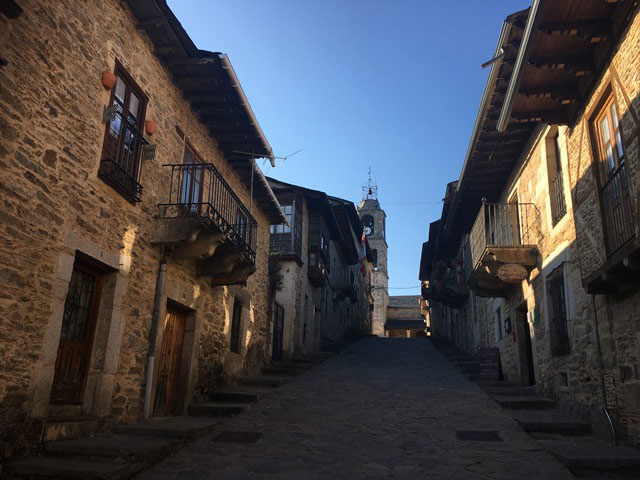
6. Puebla de Sanabria – Requejo de Sanabria (11.9 kms)
There are problems with the signposting after Puebla – read this important notice
You may have for a quiet night in Requejo de Sanabria: Many pilgrims walk passed it, because of the short distance from Puebla.
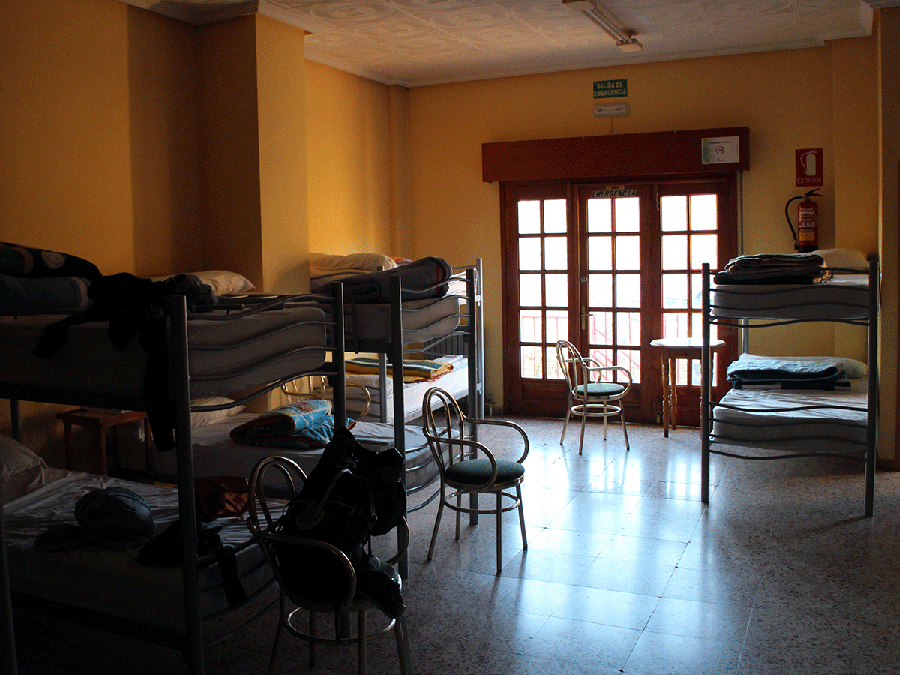
There’s a private albergue Casa Cerviño (commercial link) in Requejo right next to the bar.
Remember to go see the town’s little sculpture of worn out pilgrim’s boots and enjoy the fireplace at the local bar.
How to pronounce the name of this village?!?
Re-ke-ho (roll the r and put weight on ‘ke’)
7. Requejo de Sanabria – Lubián (17.8 km)
Today is a trek along the road all the way to Padornelo because the camino has been rerouted due to the construction of a high speed railway.
In Padornelo the first bar on the right hand is a must: A charming mix of wooden toys, local ham, coffee and knitted socks.
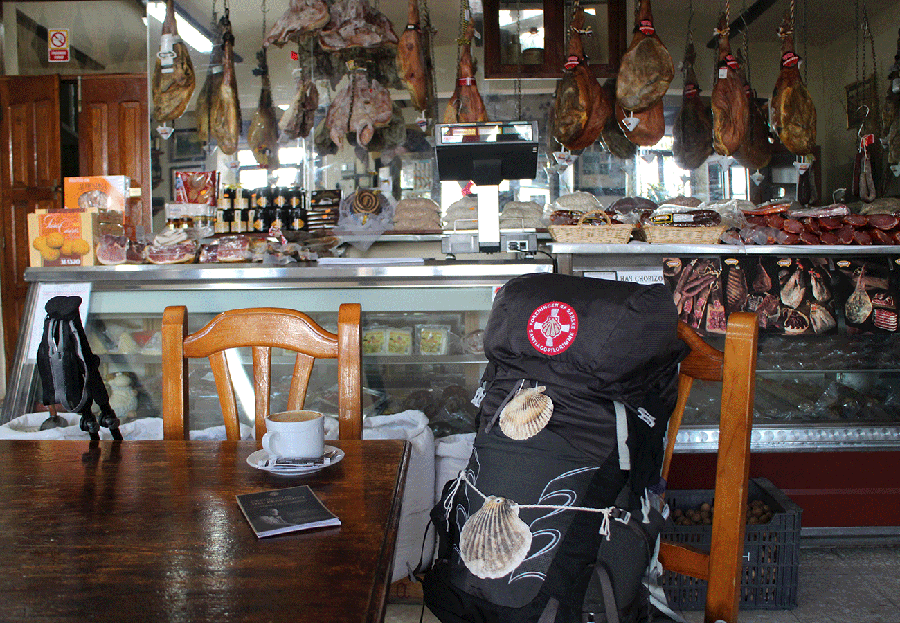
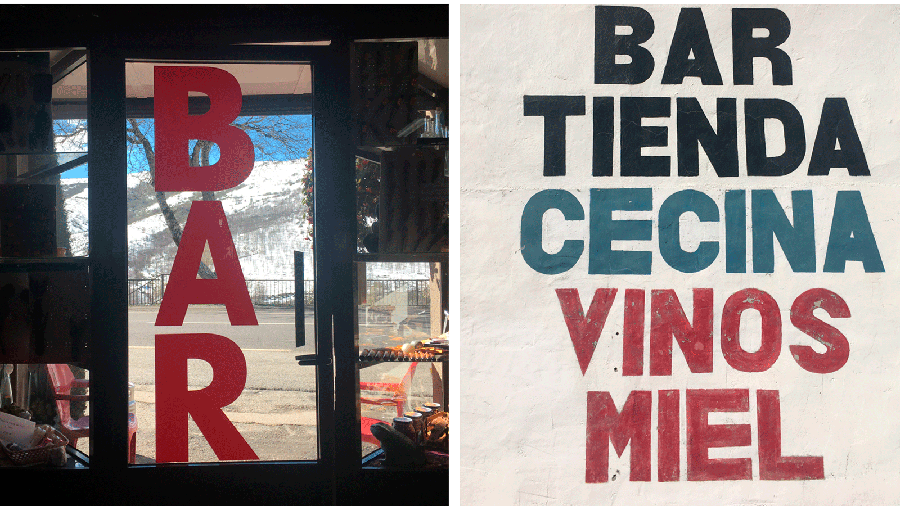
Shortly after the ham bar there’s a restaurant on the left hand. You’re going to have to stop here as well! Enjoy the local mushroom dish and the view of the mountains:
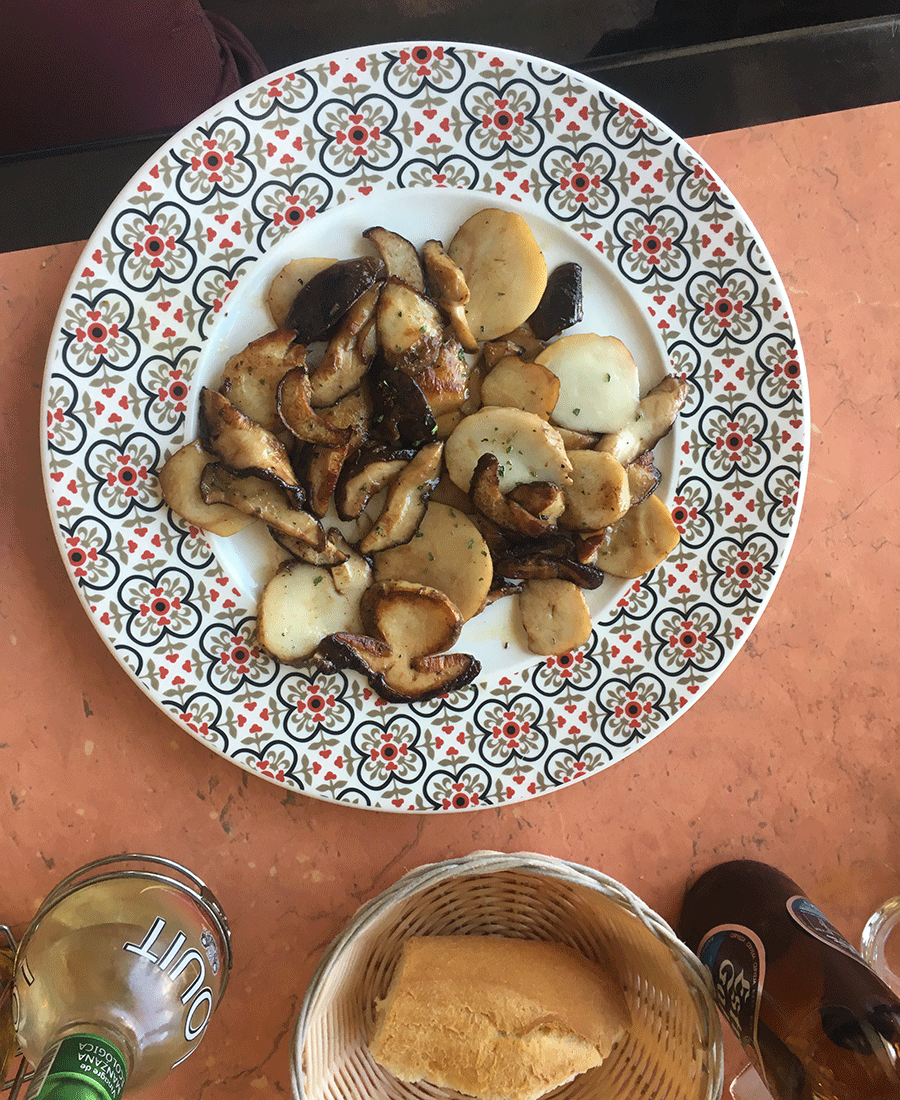
After Padornelo the camino turns more rural again. You cross a river and walk through cow paddock before you reach the little, charming Lubián:
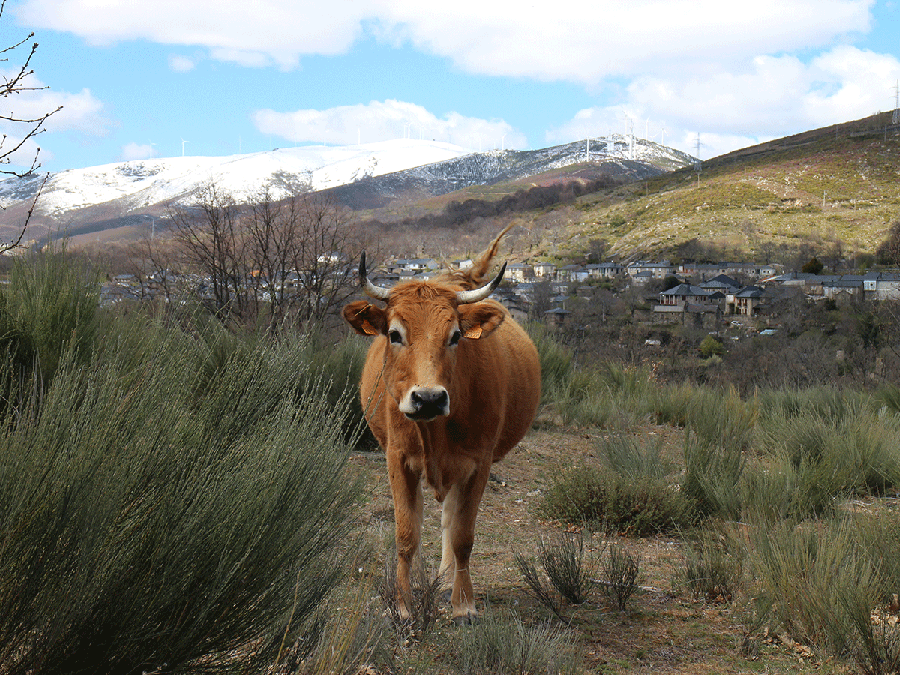
Here’s the best place to sleep on the whole camino: Casa Irene (commercial link). This place is run by the couple José and Begonia. He has studied in the US and is eager to practice his English. Home cooked meals, mountain views, loving care, fireplace and cherry chupitas. Really nice!
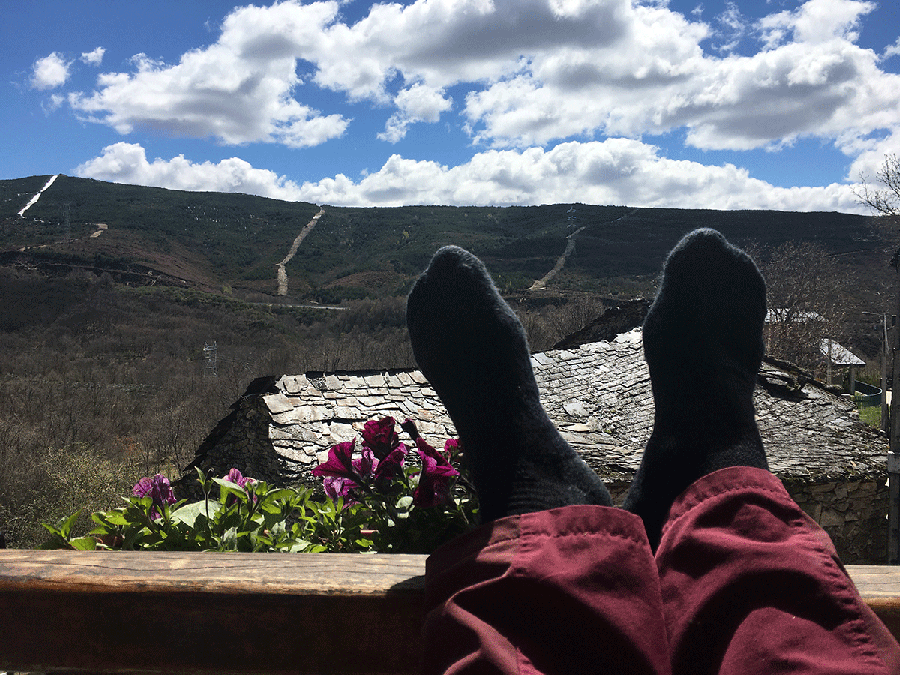
You can also book by calling José directly at +34 687 12 37 52. Ask for a first floor room with a view if possible.
8. Lubián – O Pereiro (14.5 kms)
You’re gonna need energy for crossing the mountain pass Portela a Canda today. It is about three hours uphill through a stream. Watch your feet!
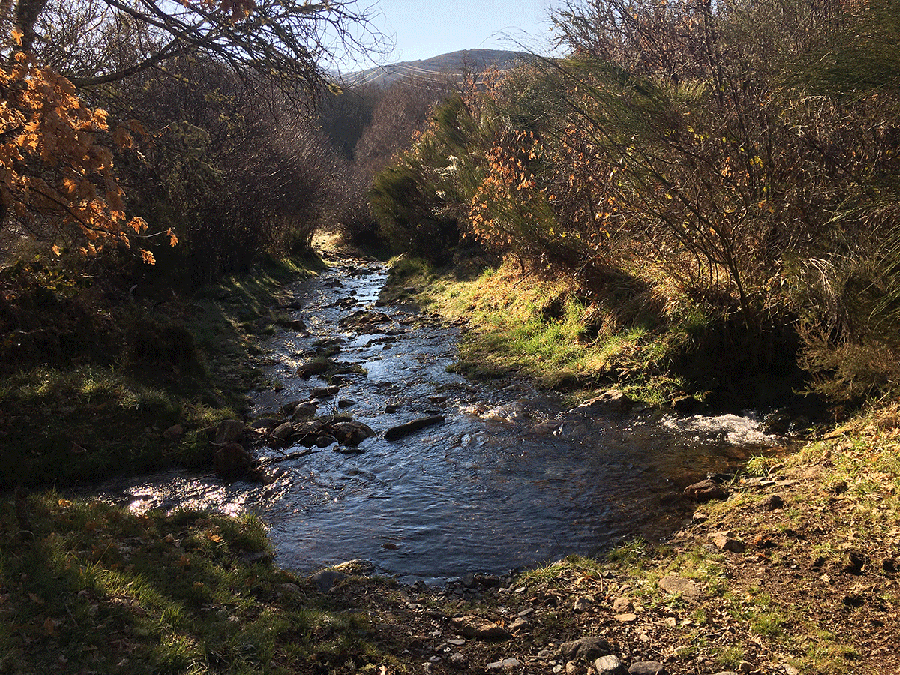
Incredibly scenic route, but unfortunately very sparsely signposted. Read important notifications about the signposting here
In O Pereiro you’ll find well deserved luxury at Hotel Restaurante Cazador (commercial link): Spa feeling, bathrobes, you name it. There is really nothing else in this village, so you have plenty of time to spoil yourself.
9. O Pereiro – Campobecceros (28.6 kms)
This stage is rather long – if needed, you can split it up by staying at La Gudiña after 8,7 kms. La Gudiña isn’t charming nor interesting in any way, but if you need a shorter walk, La Gudiña is the place to break this trek up. Hotel Bruma is just fine (commercial link), and the restaurant is full of locals.
Today is a stage of unrealistic beauty with one spectacular natural scenery replacing the other. You start out on a dry, rocky path through a remote area with wide skies above. After that you pass by a series of dead villages and after that the magical beauty of nature right there in front of you:
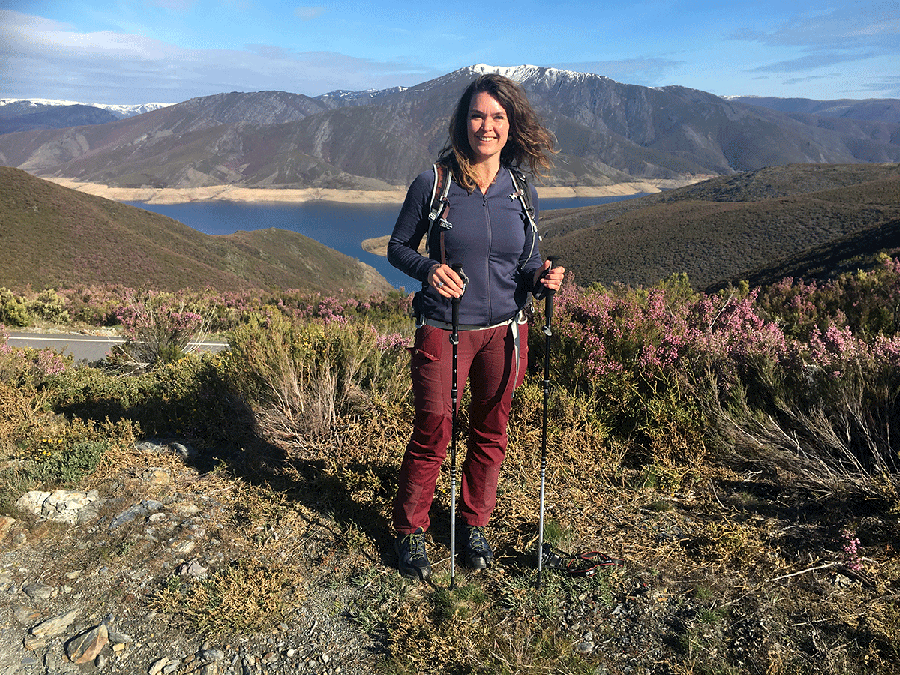
It’s a tough elevation with both a climb (not too steep though) and then a long decline to Campobecceros.
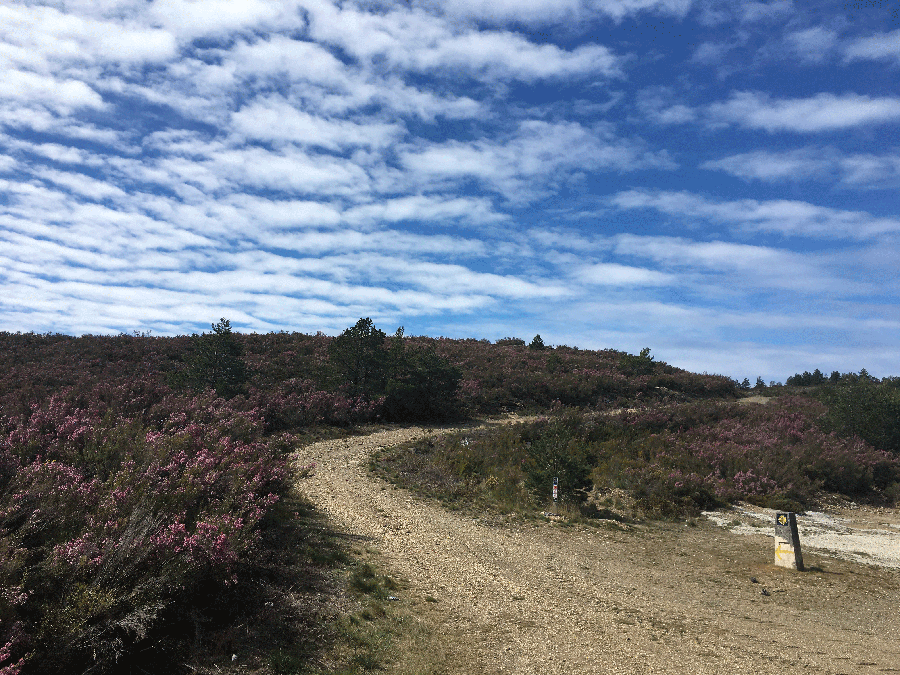
In Campobecceros you have the choice between a small, worn out municipal dormitory with friendly hosts or a private room with owners that, rumour has it, are very rude and hostile to pilgrims.
Whatever you choose: Have your dinner at Taberna Penaboa. Motherly care and freshly cooked meals. If you’re lucky, you’ll meet the village’s crazy cats:
10. Campobecceros – Laza (14.6 kms)
The path winds gently through the hills of As Eiras, and there you will find a small self-service bar obviously run by local pilgrim lovers:
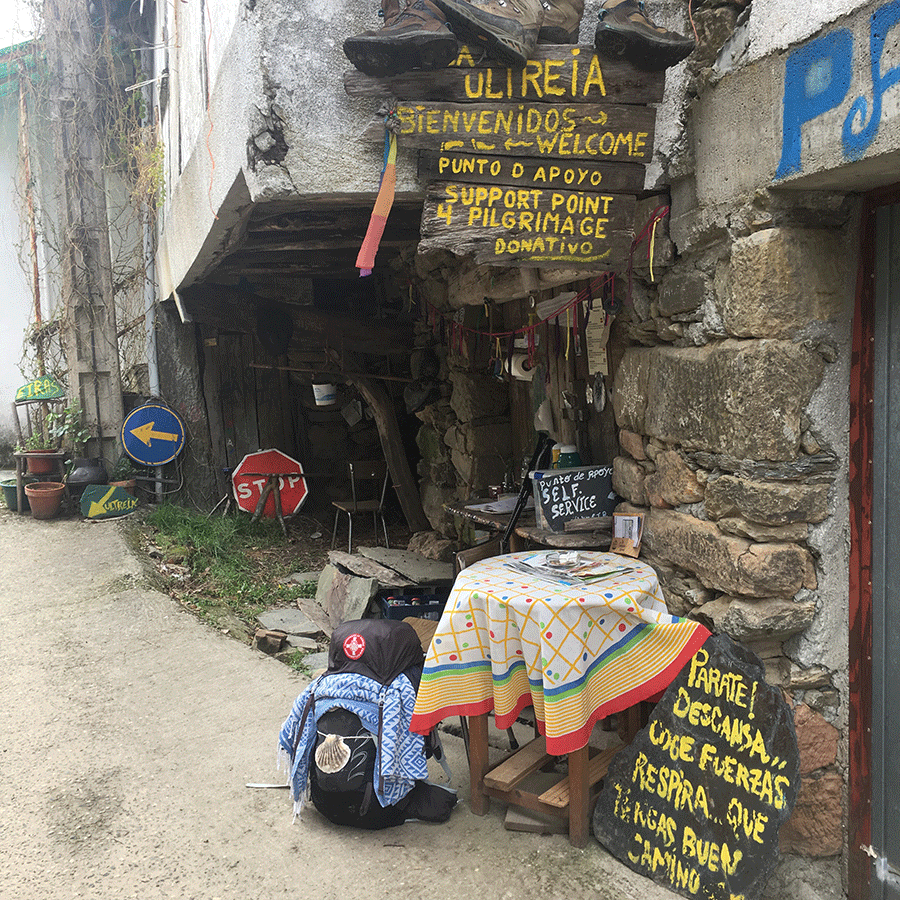
It’s downhill towards Laza and fortunately not technically difficult. In Laza, there’s a very friendly hospitalera at Hostal Blanco Conde (commercial link). The place is also known as Casa Carmen. Laza is a good village for a pilgrim menu. It is homemade at the Ristorante Picota.
11. Laza – Alberguería (11.7 kms)
If you are leaving Laza on a Sunday and you want to have your morning coffee, don’t take the camino route out, instead walk the parallel road where you will find a bar that’s open on a Sunday. The cosy pilgrim place A Souteleira shortly after Laza is also closed on Sundays:
I walked the whole stretch after Laza in a thick fog, so I can’t tell you anything about what to see there. But I do know it is a serious climb! You end up in a magic, famous spot of this camino: The scallop shell bar El Rincón del Peregrino.
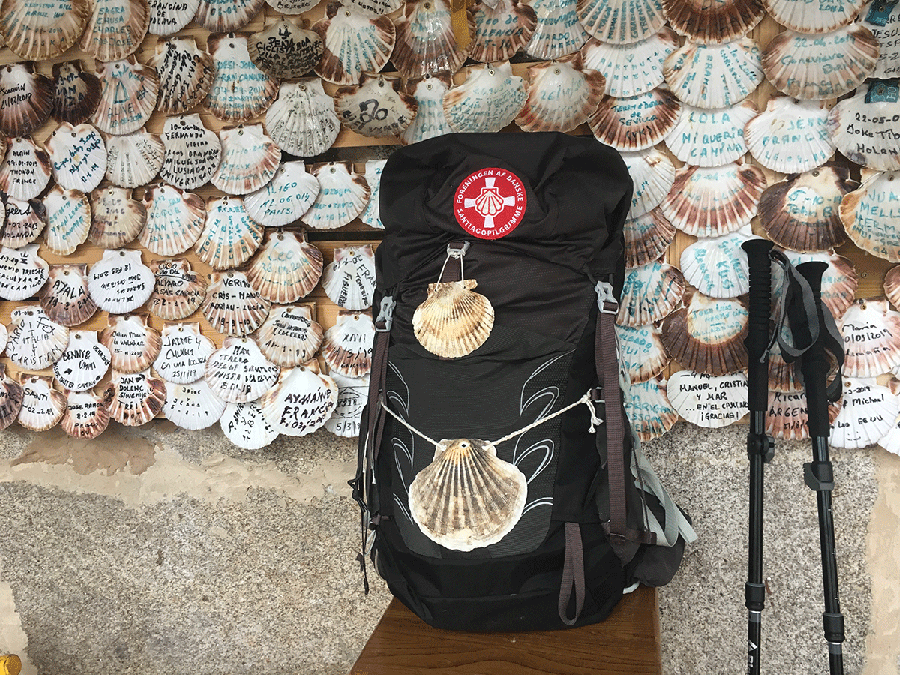
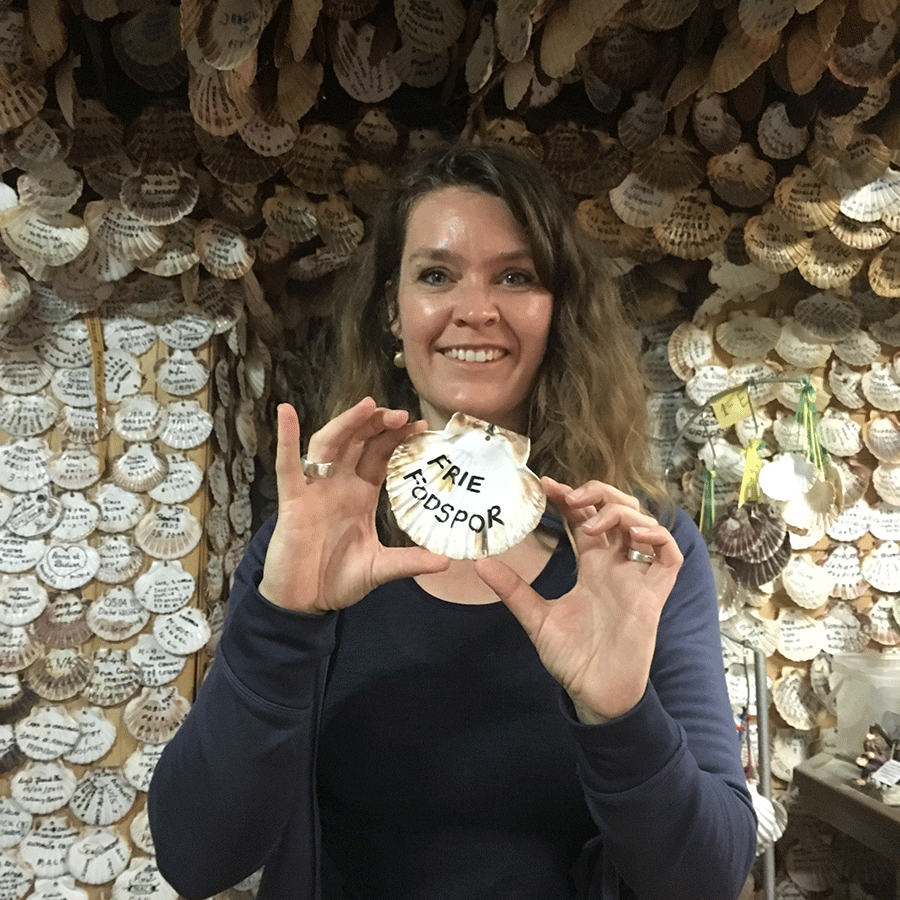
This totally authentic, laid-back camino atmosphere touched me deeply. The walls and the ceiling are covered with scallop shells engraved with the names of all the pilgrims who passed by here since the bar opened back in 2004.
Welcome inside and feel the atmosphere in this video (excuse my Danish):
12. Alberguería – Xunquería de Ambía (21.2 kms)
Today’s highlight is the moment you pass through these mysterious cliffs arriving at an enchanting view of the valley.
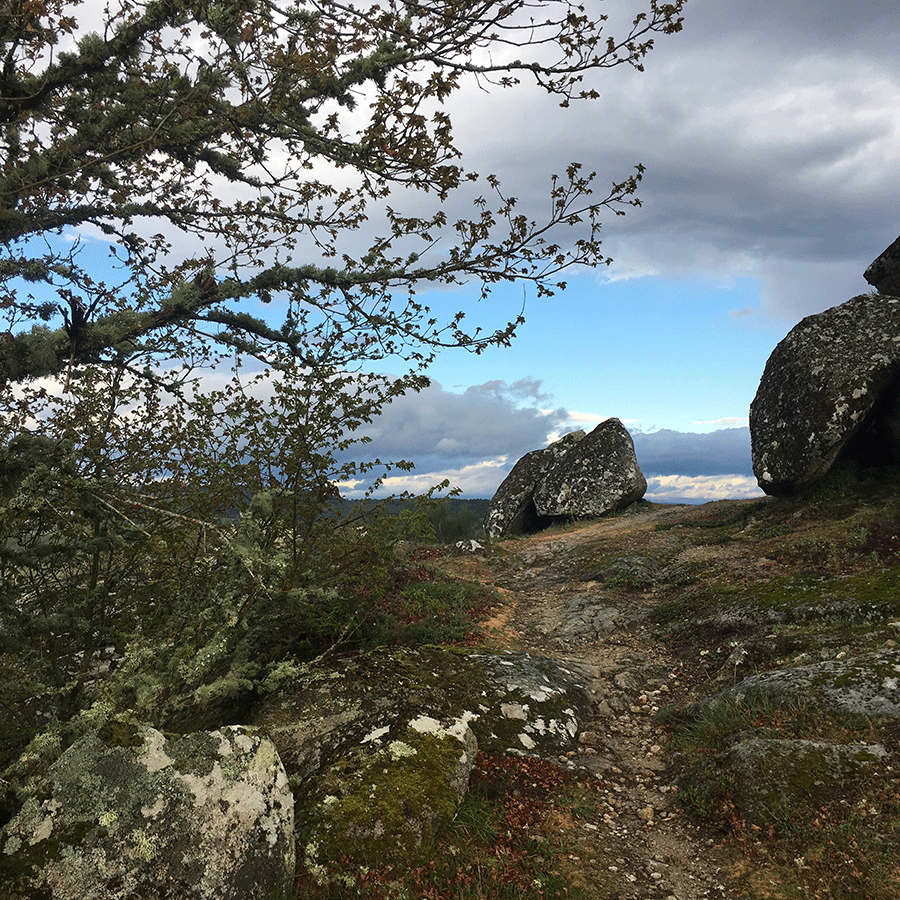
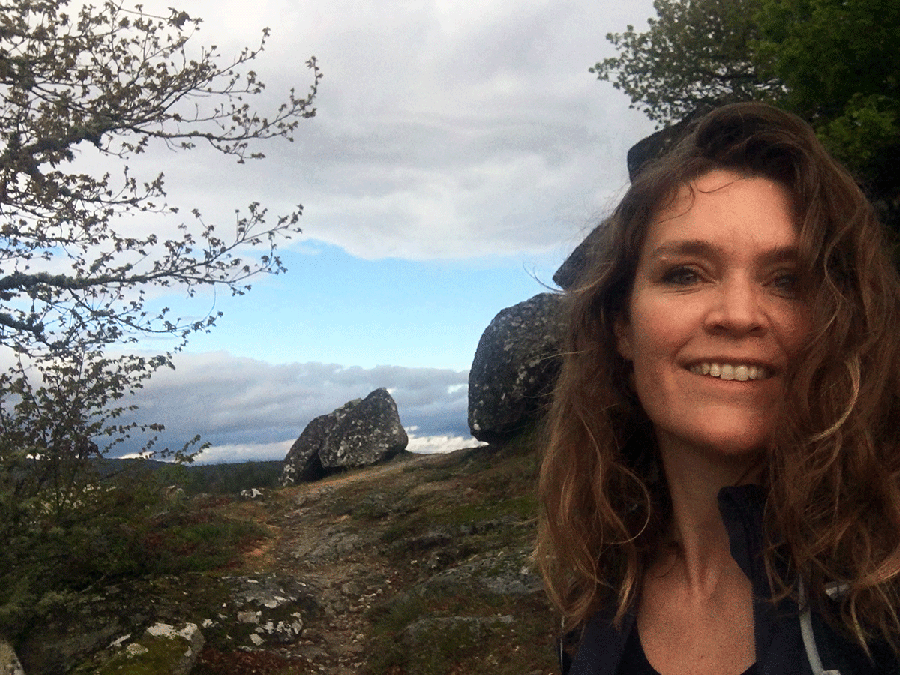
You find a public albergue and several places to sleep and eat in Xunqueria (commercial link).
13. Xunquería de Ambía – Ourense (22 kms)
A rather boring stage – walking on a road all day. There is an alternative route for the last four kms into Ourense which takes you away from the traffic. Turn left along the river Rio Babaña, when you will see the Peugeot dealer. Follow ‘Paseo Fluvial’ as long as you can, crossing the river two or three times.
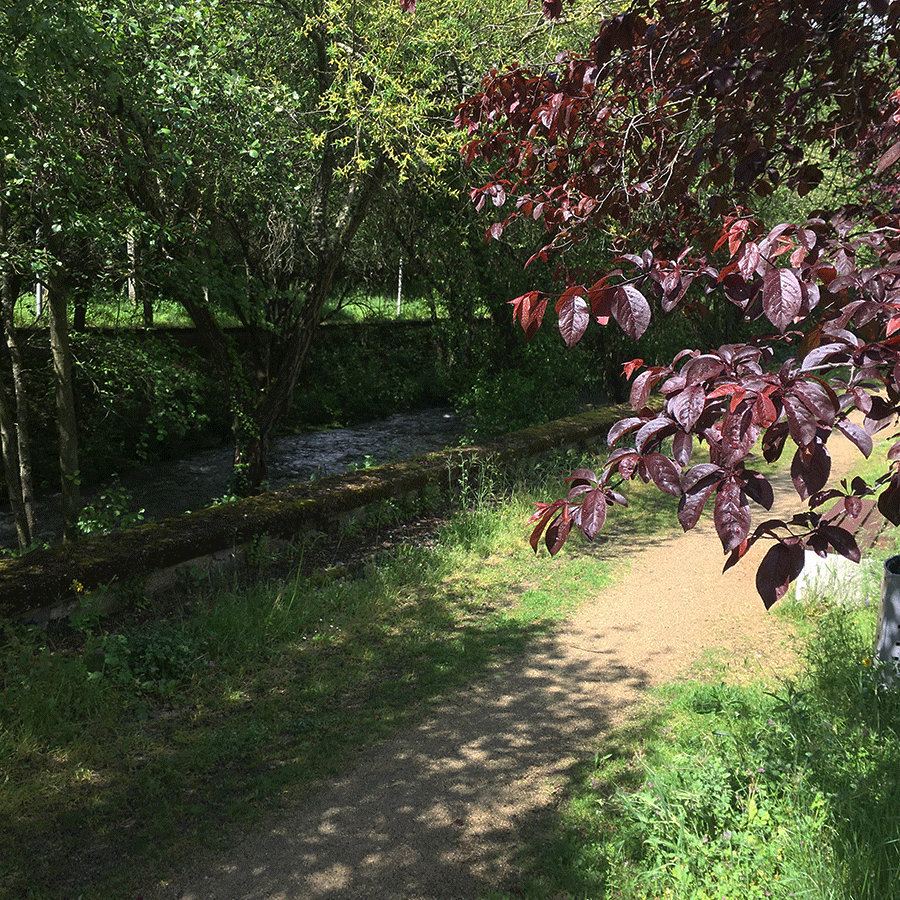
When you are not able to walk safely anymore due to the vegetation, turn right into the centre of Ourense.
There is a public albergue in Ourense with a notoriously grumpy hospitalero. Ourense has plenty of private rooms and hotels as well (commercial link). I tried Hotel Miño, which was I must say was not that good. Next time I’ll take the public albergue or pay for a decent room.
Try the hot spring in the city centre tonight. They are called Chavasqueira and you find them on the river banks of Miño. These are the local, non touristic hot springs.
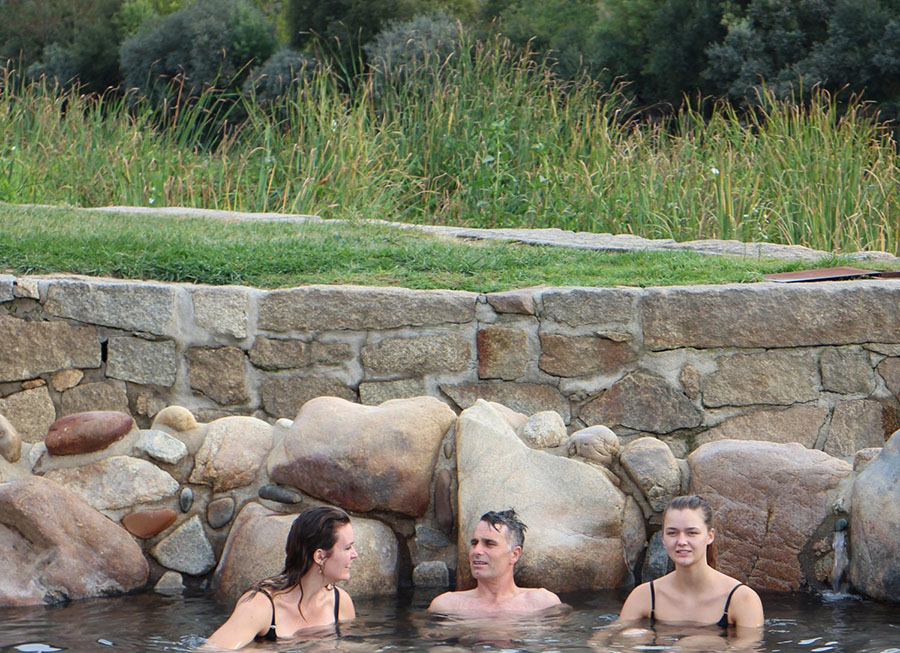
Hot and clean as a baby, you’re ready for the cathedral, tapas and joyful atmosphere of Ourenses old city centre.
Are you hungry now? Go to the legendary tapas restaurant ‘A casa do Pulpo’ (commercial link) right by the back side of the cathedral. Make sure to be there when they open the doors at 20.00 and take a seat at the bar – not in the dining room, if you want to join the locals.
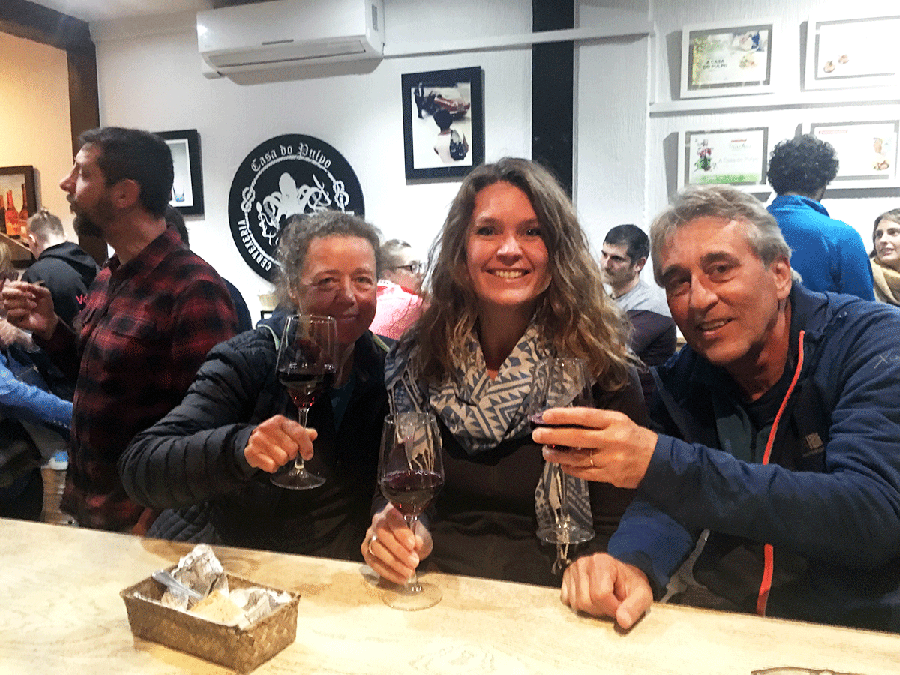
I’m still dreaming of the local speciality pimientos de Padrón (tiny fried green peppers), chipirones fritas (tiny fried squids) and croquetas. If you like local wines, ask for ‘ribeiro’ or ‘albarino’ – both white wines.
14. Ourense – Outariz – Tamallancos (12.7 kms)
Enjoy more of Ourenses hot springs
Today’s stage is only 12,7 kms. This gives you time to go see the hot springs in Outariz. The short detour is not signposted, but with google maps, you’ll be fine. The distance to Outariz is about 5 kms. After having enjoyed the hot springs, head on towards Tamallancos where there is a newly opened private albergue, Via Stellae, which is supposedly good. It is not on the Wiselys app yet, but it is directly on the camino route.
15. Tamallancos – Oseira (18,6 kms)
In sync with the monastery of Oseira
Sleeping in Tamallancos makes the distance to the monastery of Oseira walkable. The monastery is an adventure in itself, and the albergue is placed inside the monastery. There are two restaurants in Oseira and guided tours each hour.
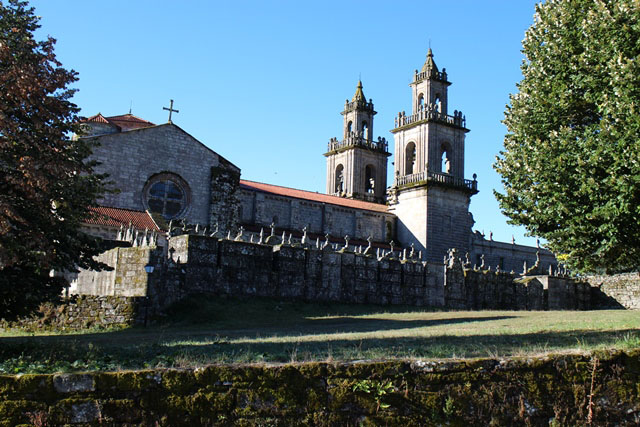
16. Oseira – A Laxe (28.8 kms – consider taking a cap for eight of them)
Good food and an architect’s dream of an albergue
There is a really bad part on today’s camino. You will be walking 2-3 kms on a big road with another big road right on the other side.
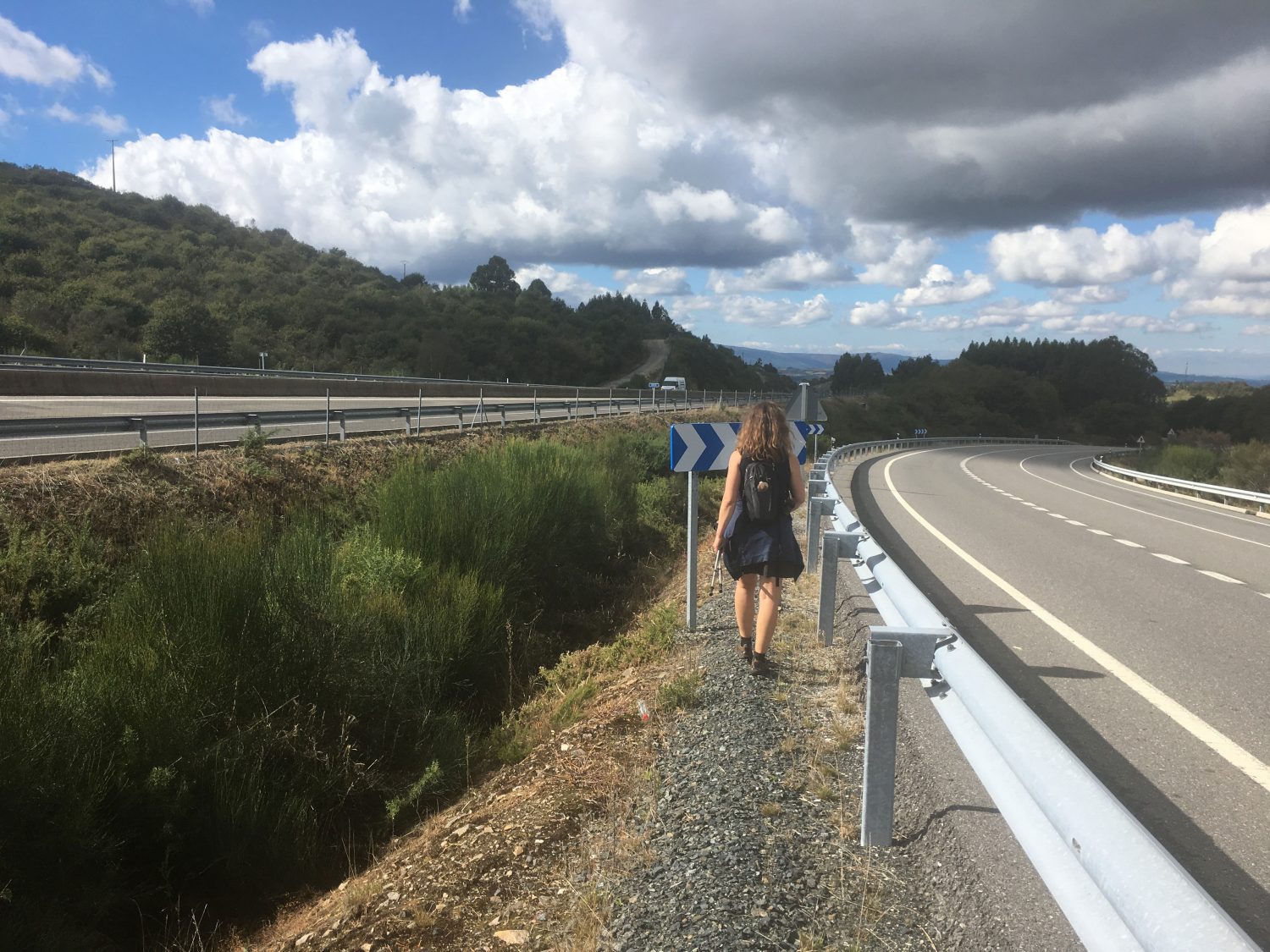
Consider shortening today’s walk by taking a taxi 3 kms before Castro Dozón and 5 kms after. All these kms are road walking on a rather big road – fortunately with nice views, though. The number of the local taxi here is +34 667 828 422.
In A Laxe the rather new, public albergue Bendoiro is worth seeing and architecturally interesting.
The food from the local restaurant is good here.
17. A Laxe – Dornelas (23.6 km)
Loving people on the way
Dornelas is so small it is almost not even a village. The private albergue Casa Leiras opened here back in 2015 and is run by a very caring couple that cook excellent food.
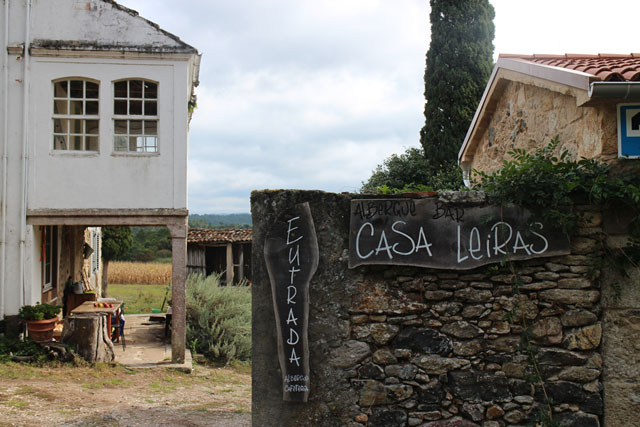
The beautiful house and the rural view of the hills make it worth staying which we hope to be able to do next time.
18. Dornelas – Lestedo (15.6 km)
Rural luxury
After Dormelas there’s a decline to Ponte Ulla, and right after a climb on the way to Lestedo. The little B&B Casa de Casal (commercial link) 14 kms before Santiago, has a room with a view and a French balcony. So you know what to ask for …
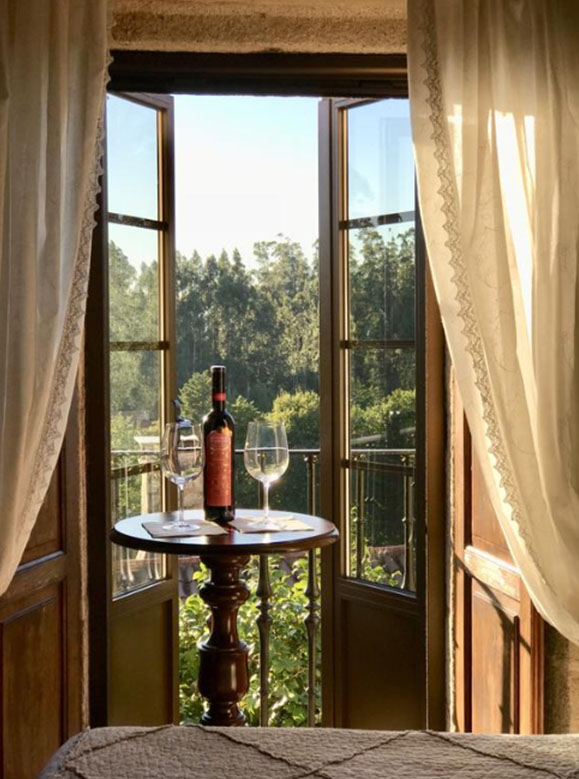
19. Lestedo – Santiago (14 km)
In time for mass at the cathedral
Sleeping in Lestedo 14 kms before Santiago gives you a chance of reaching the pilgrim’s mass at noon in the cathedral. I recommend booking a place to sleep in Santiago.
Check out our tips for the best places to stay in Santiago de Compostela

